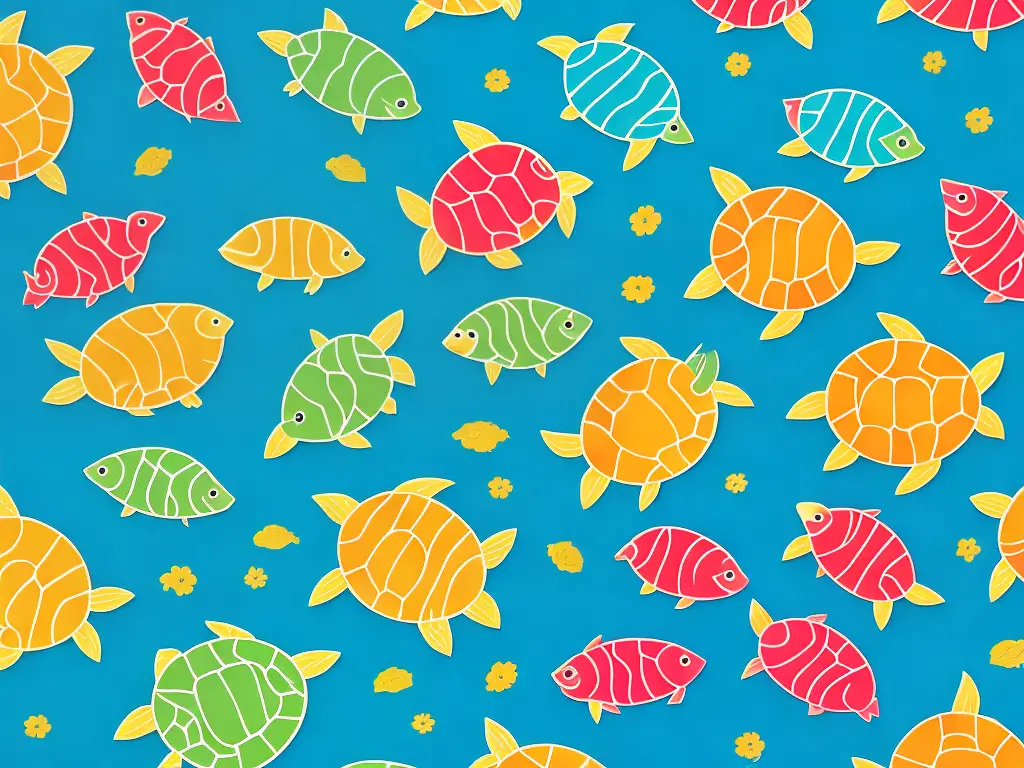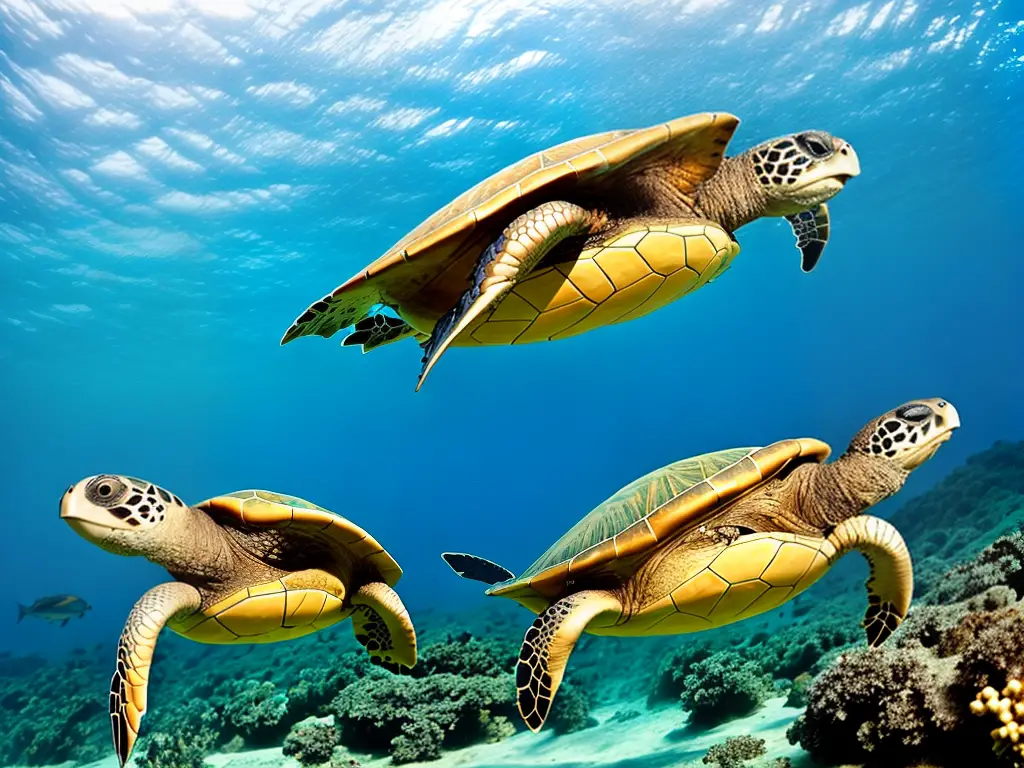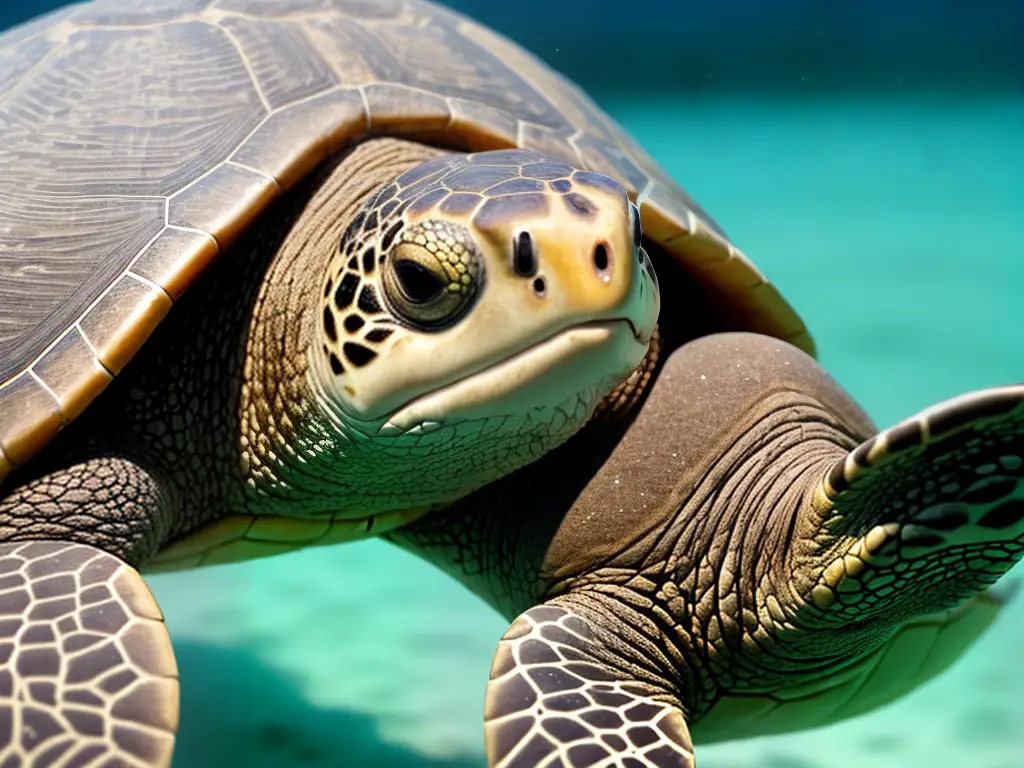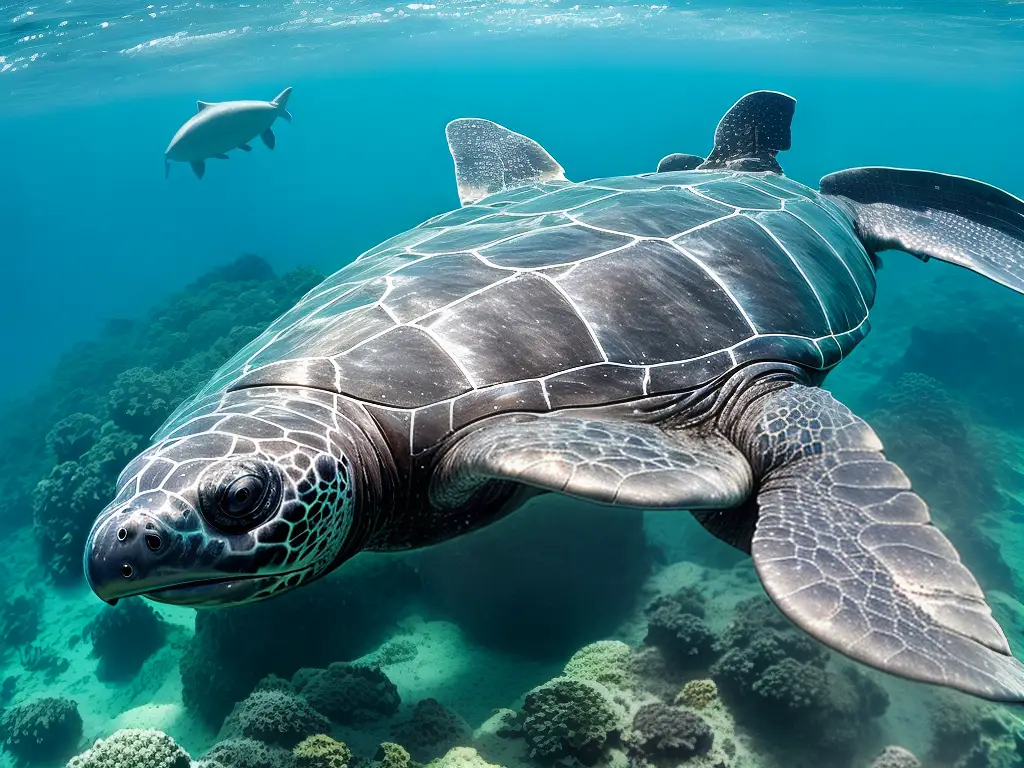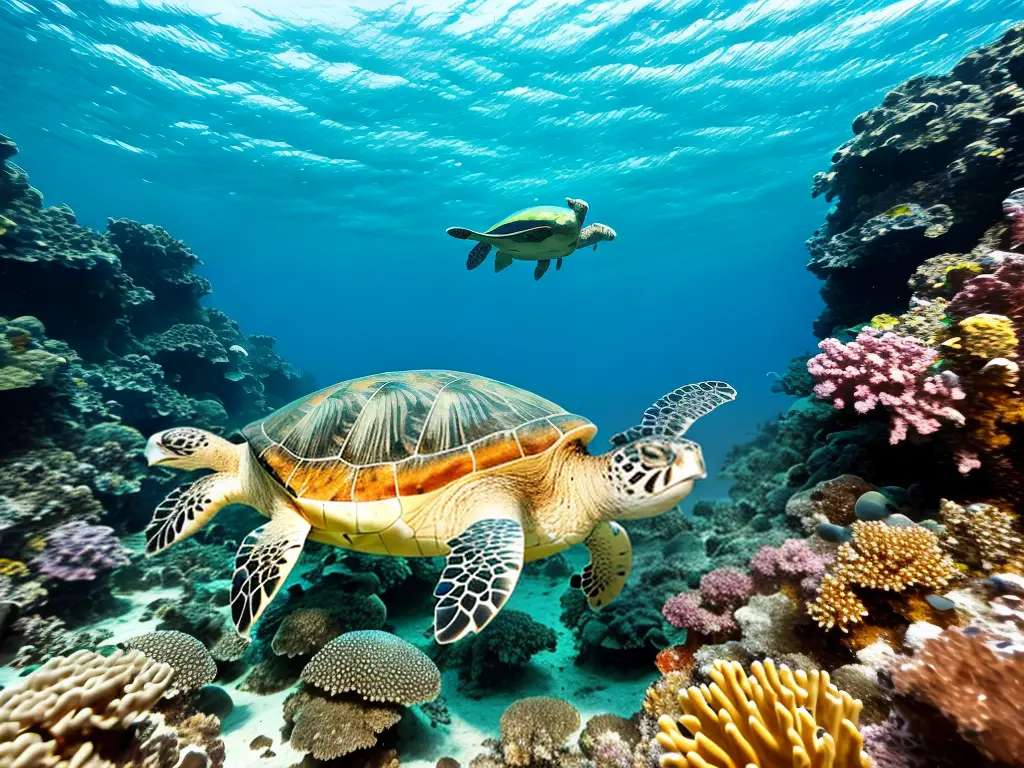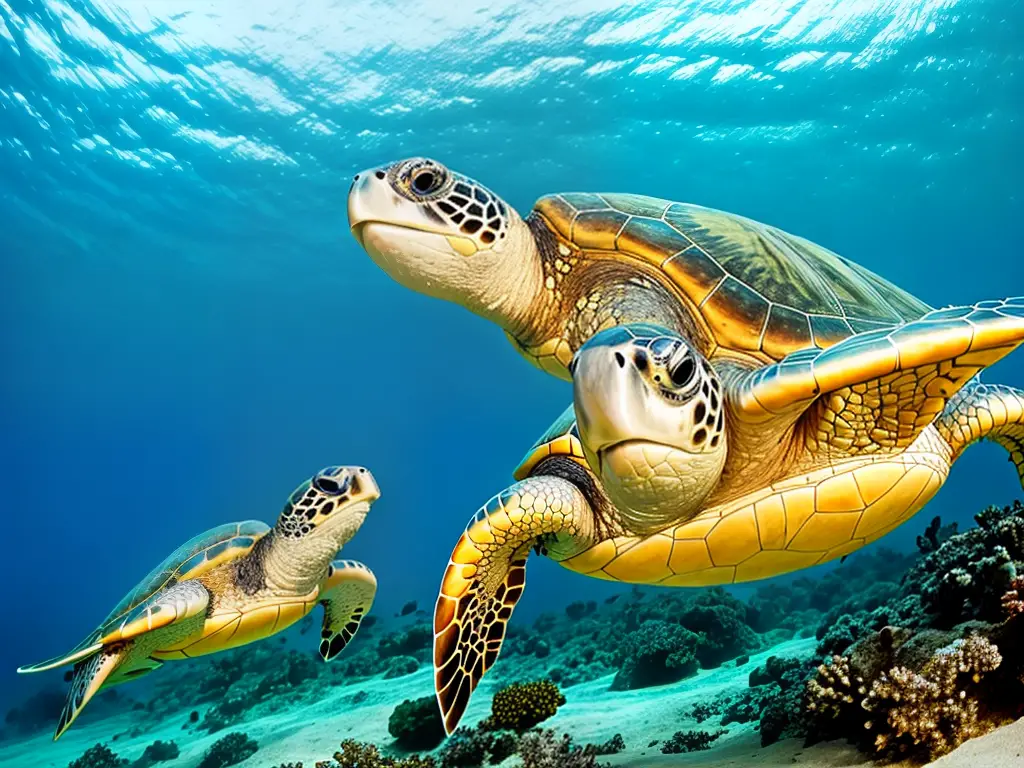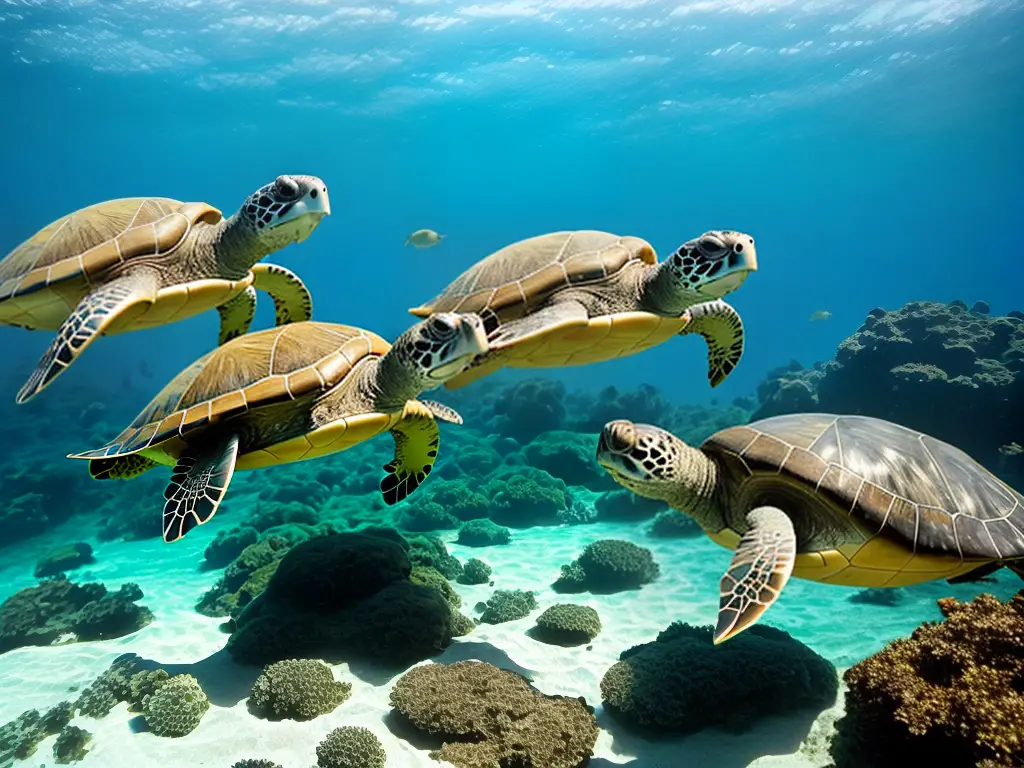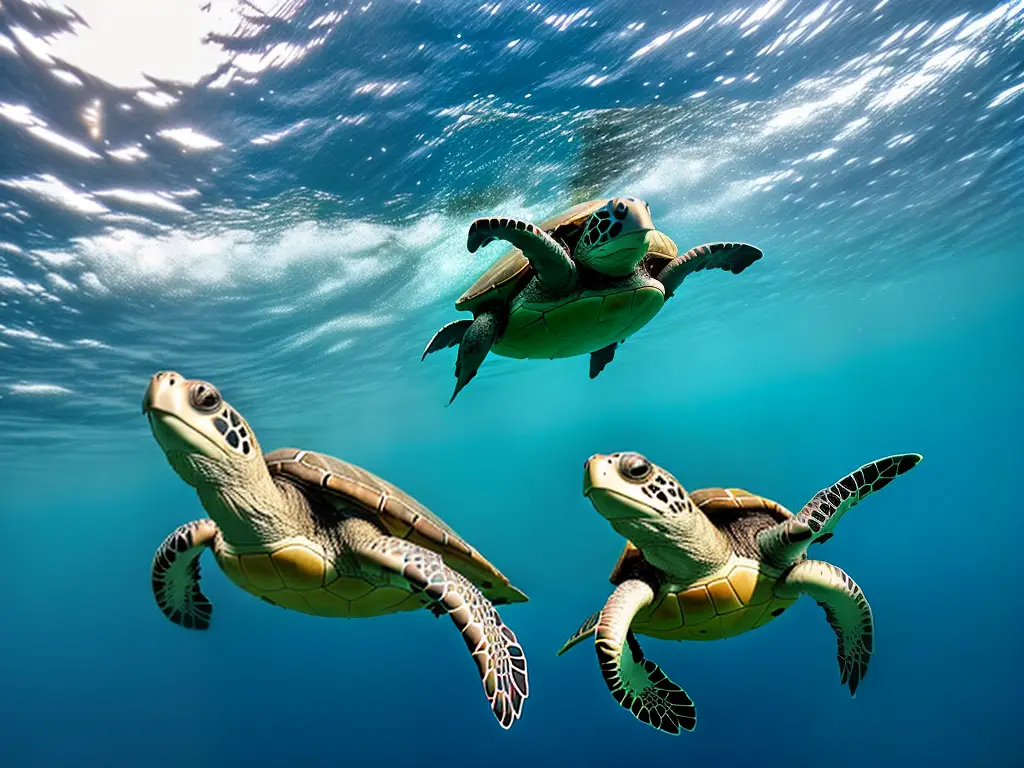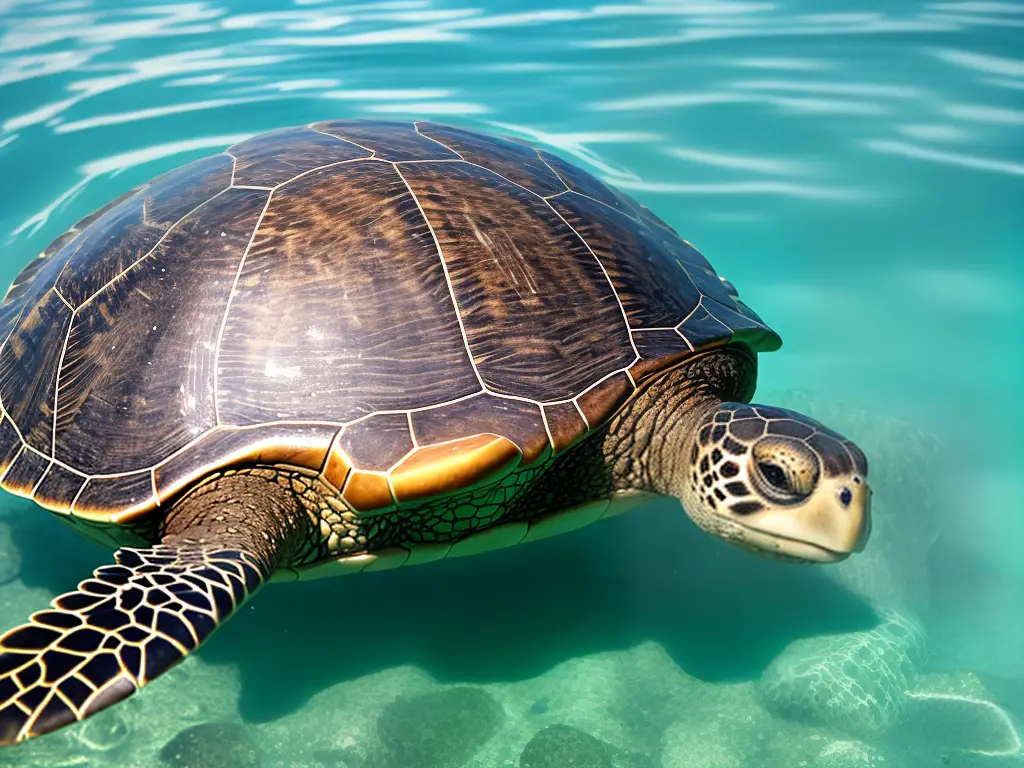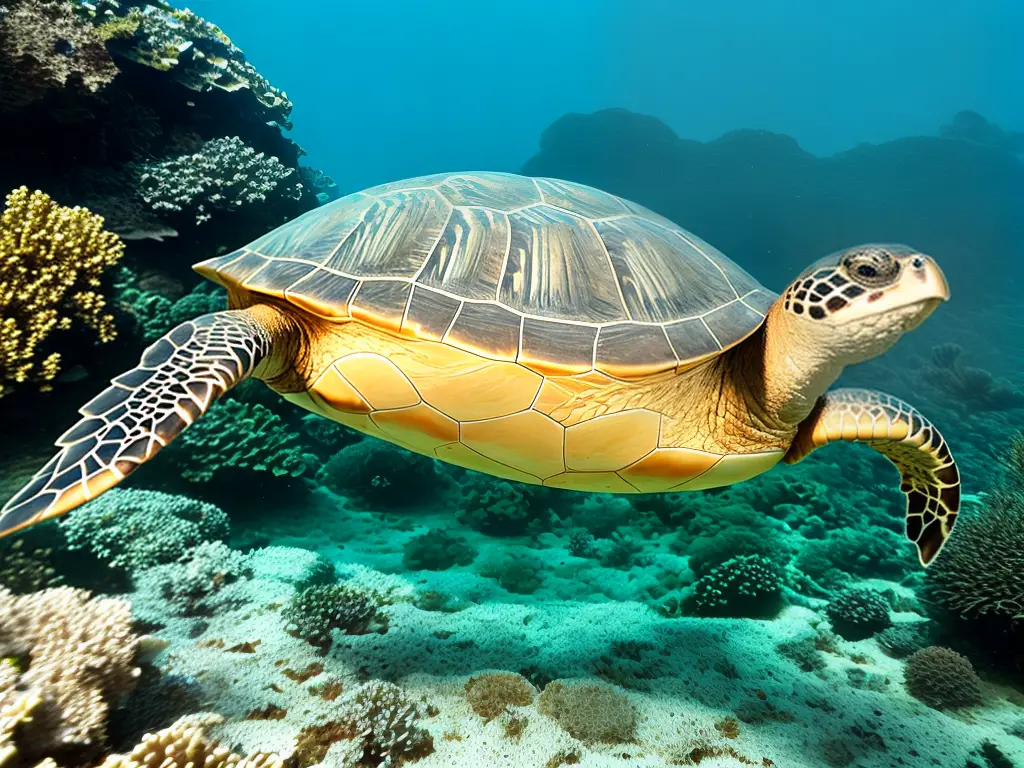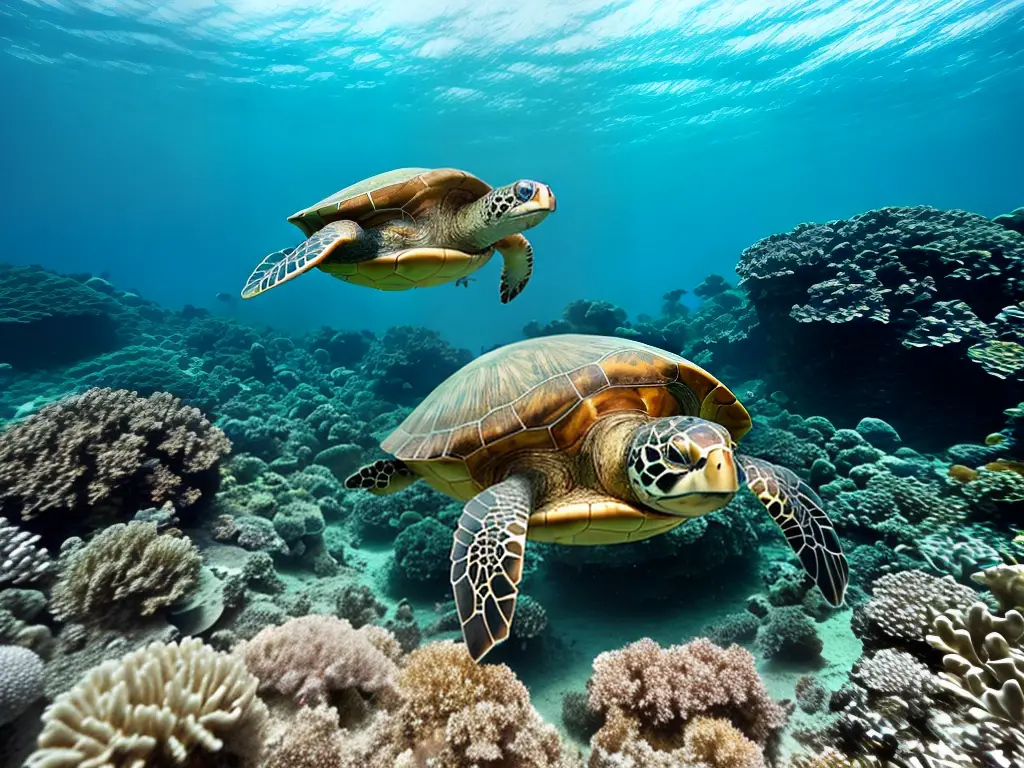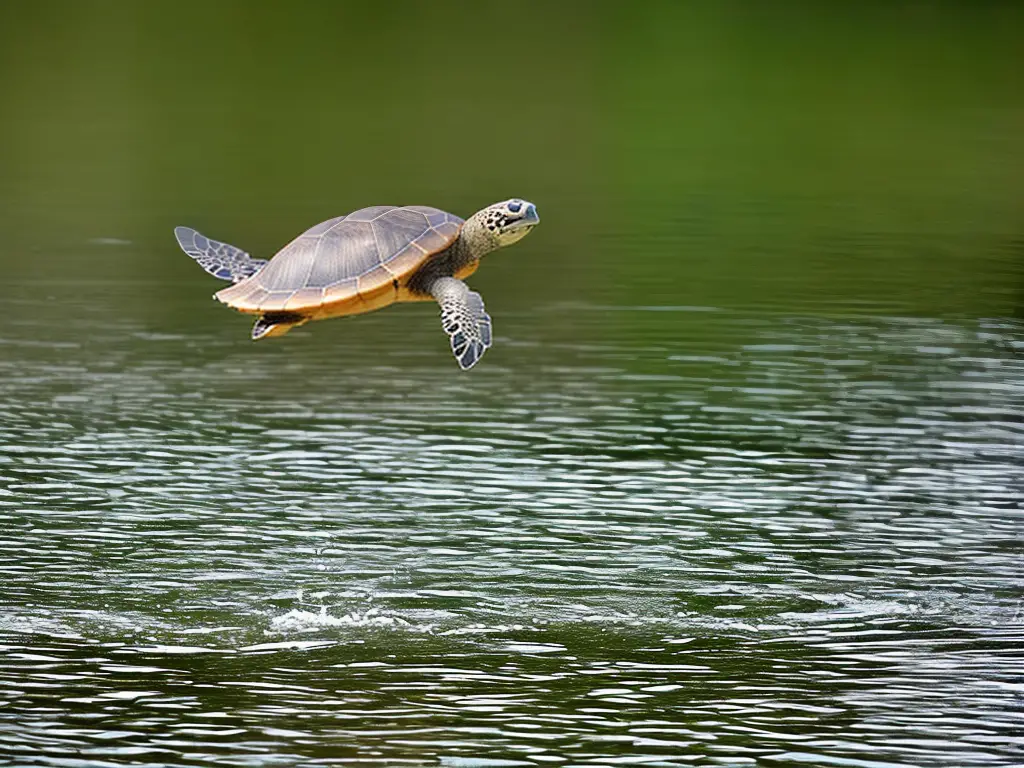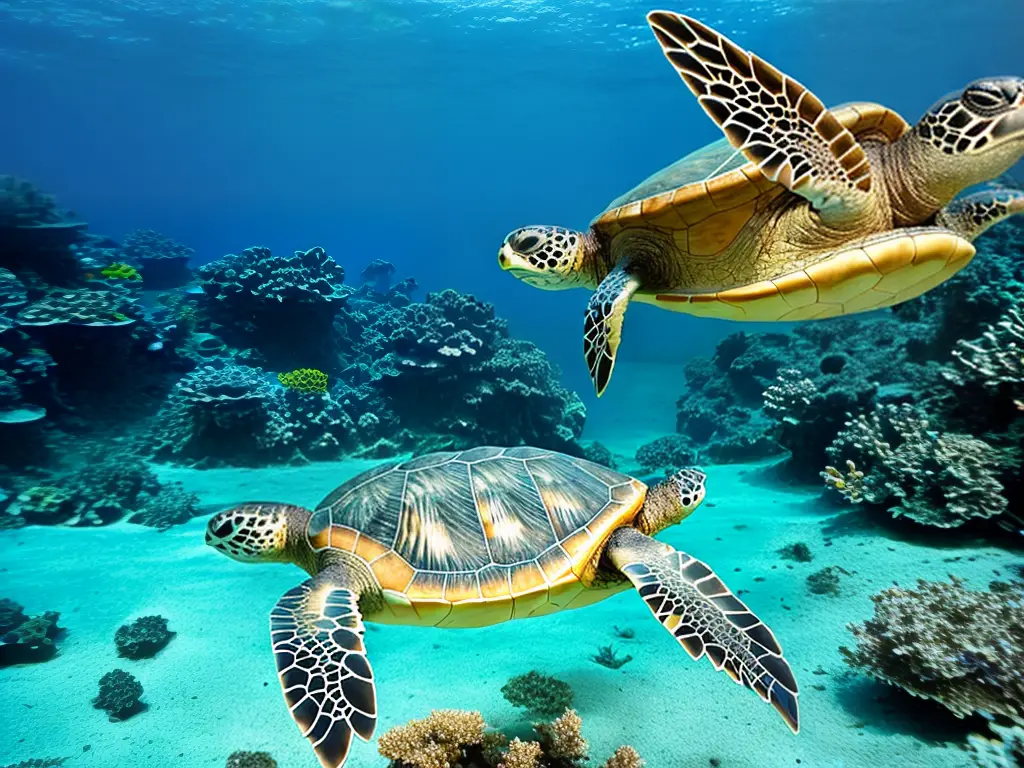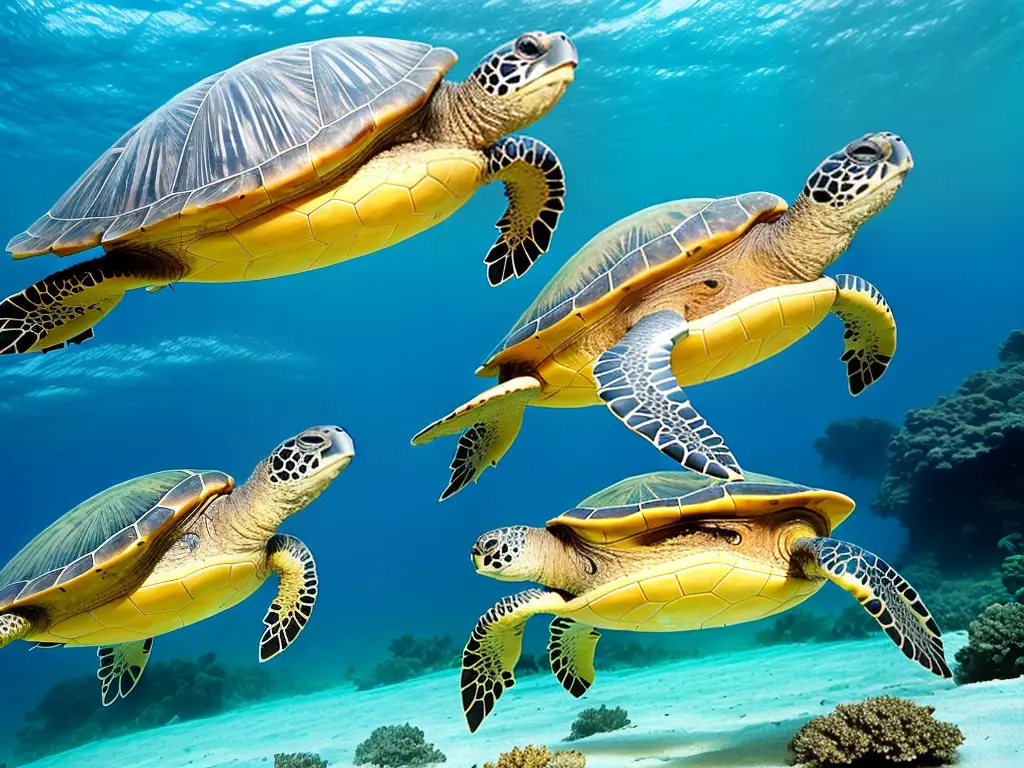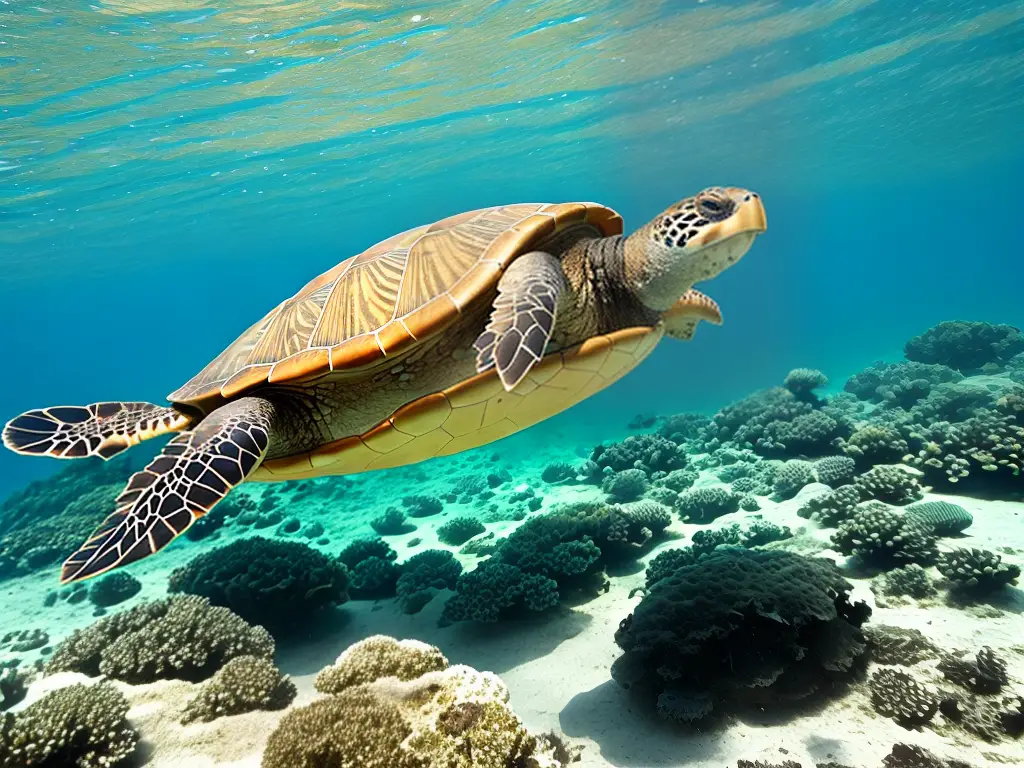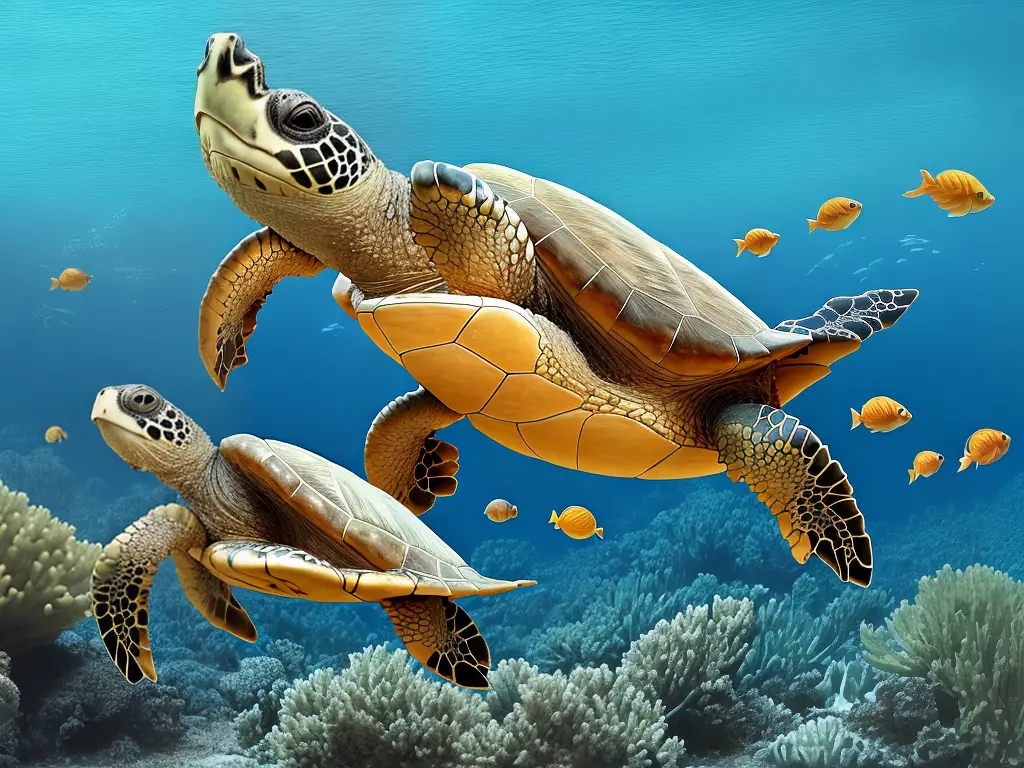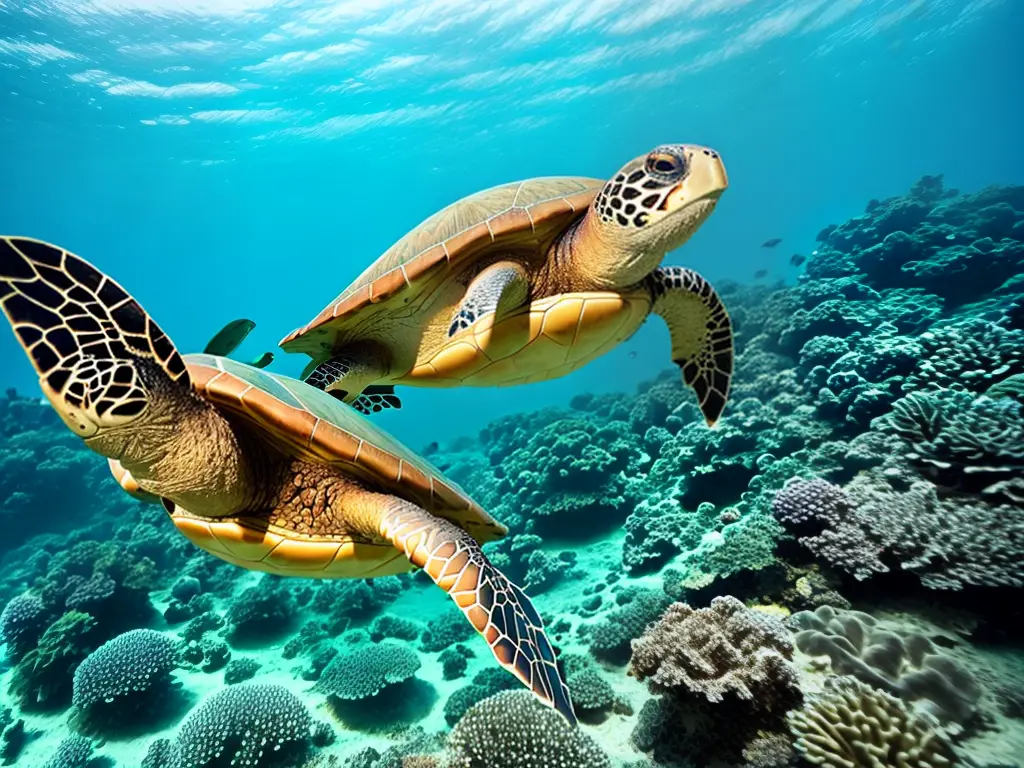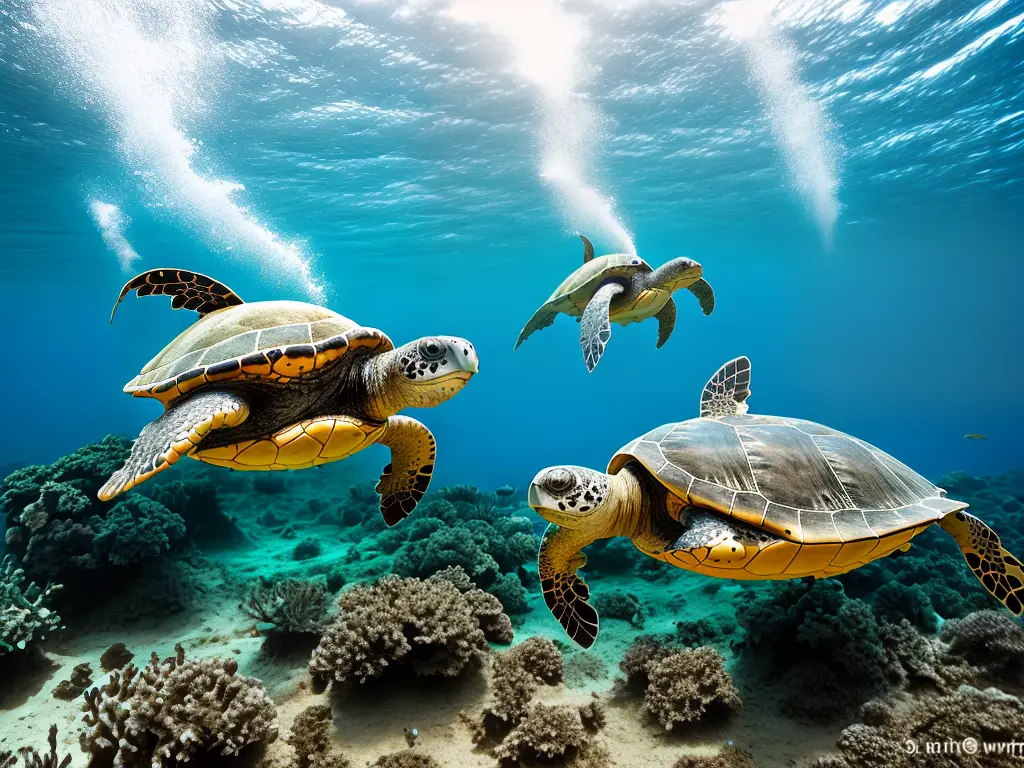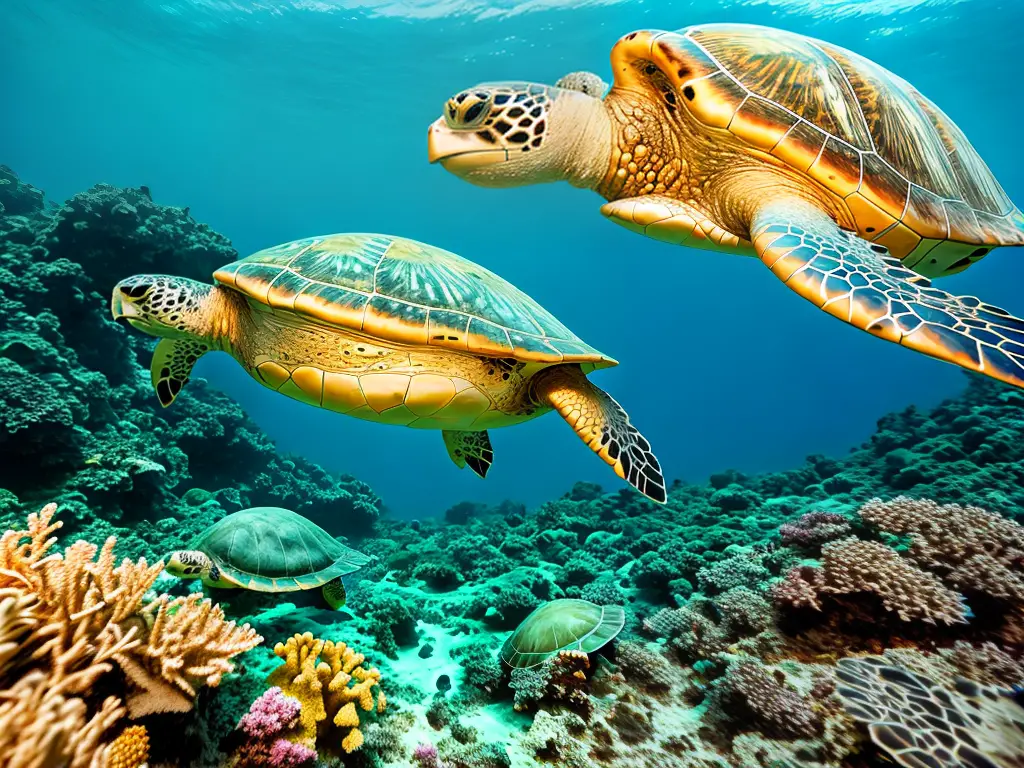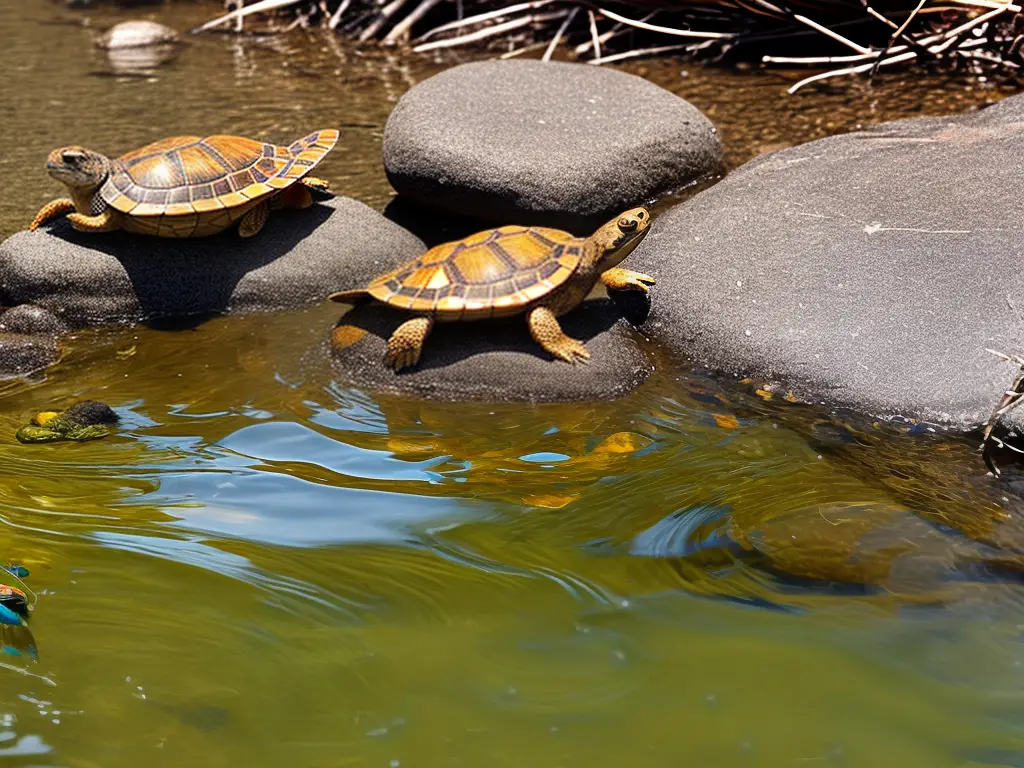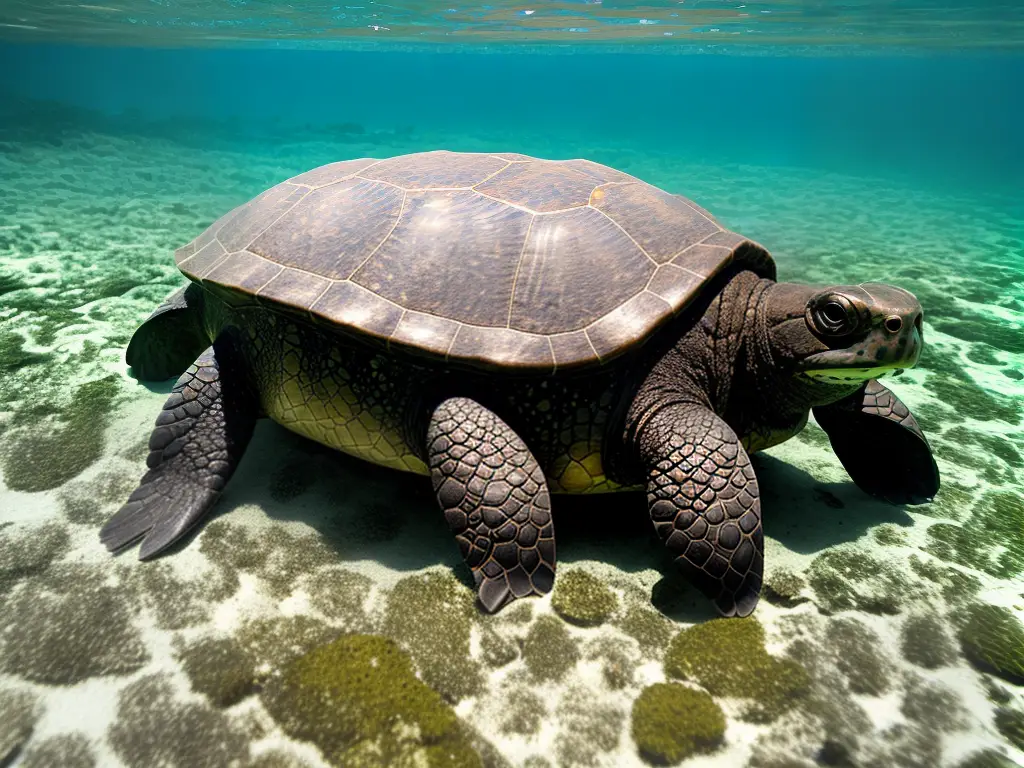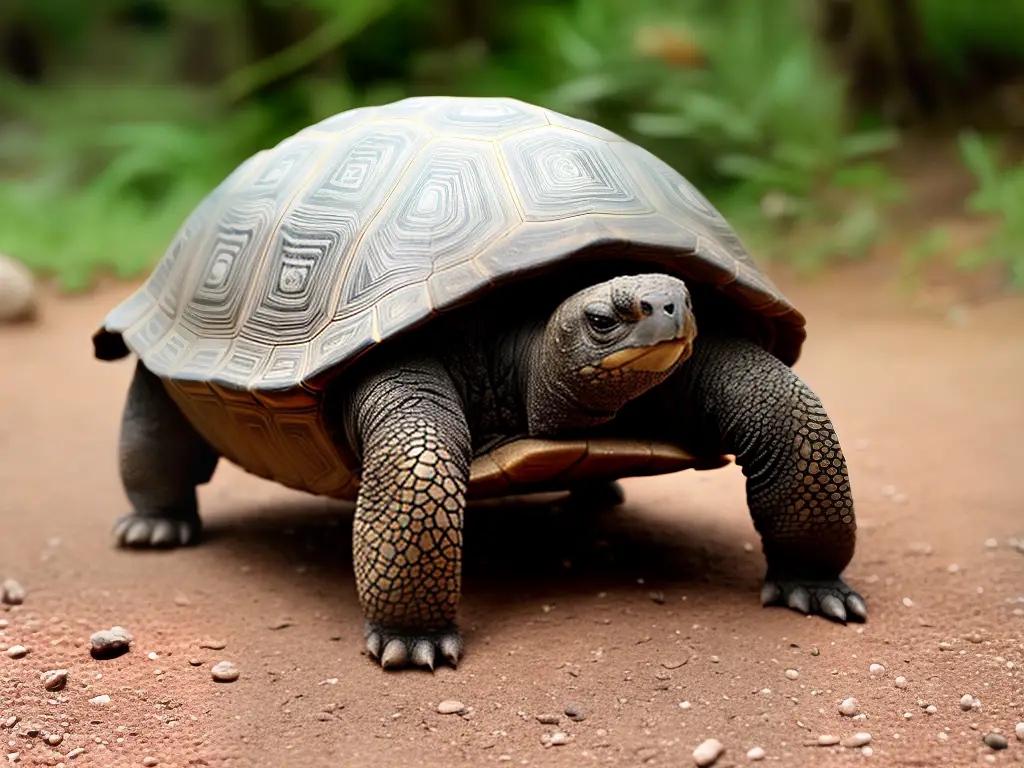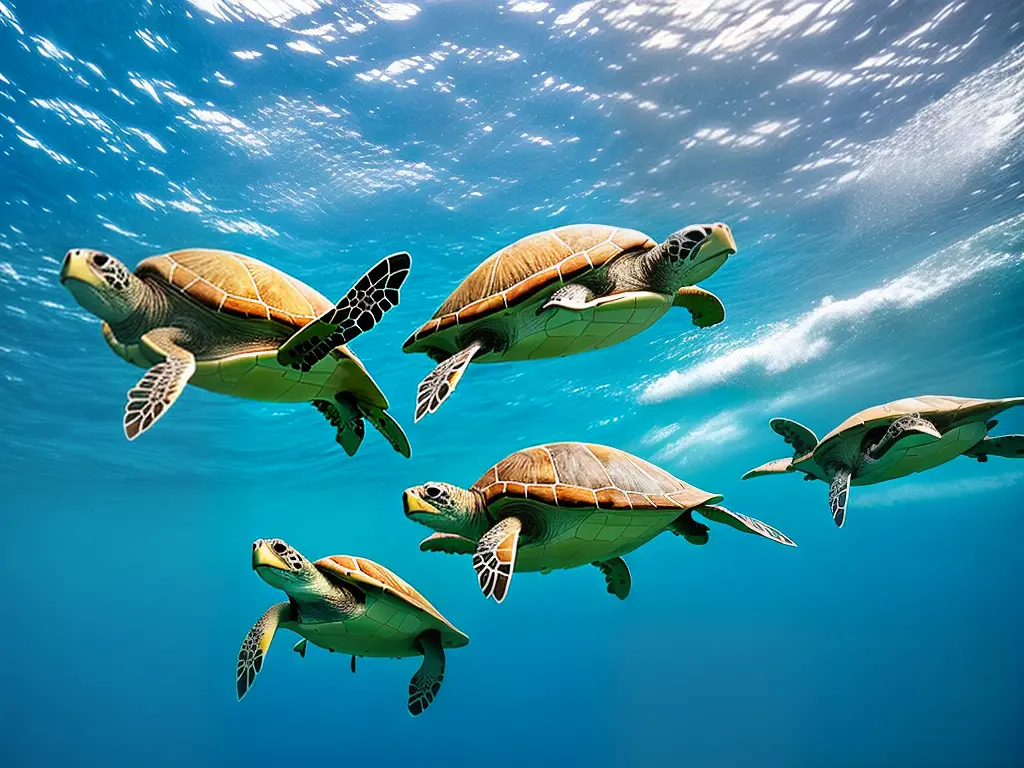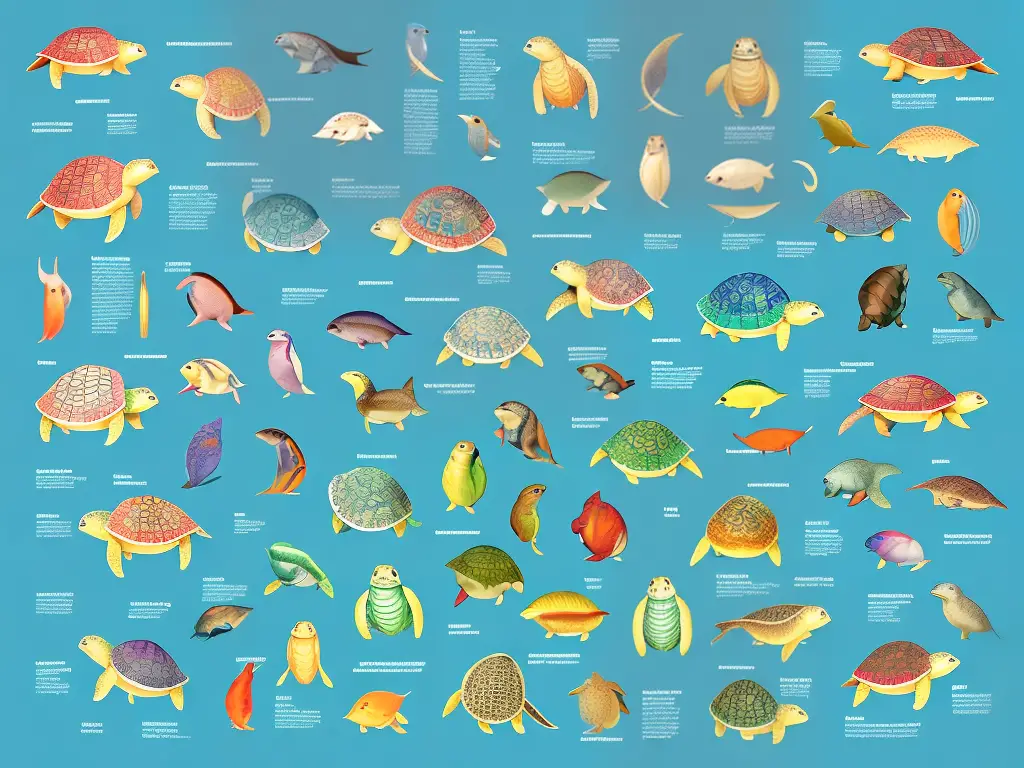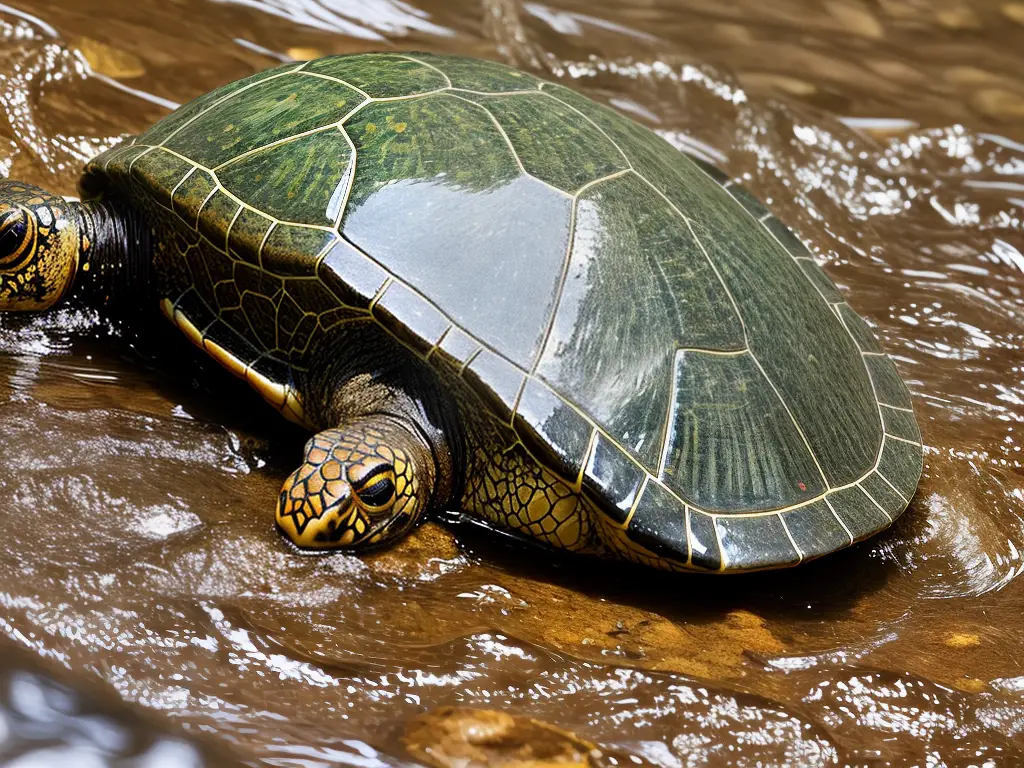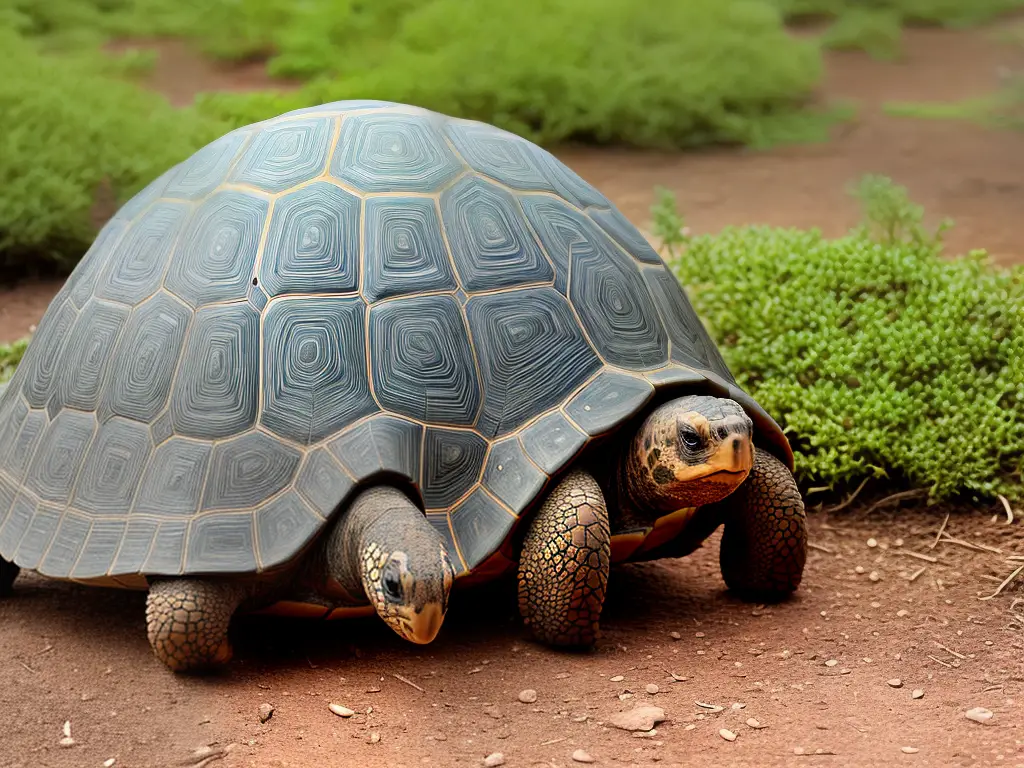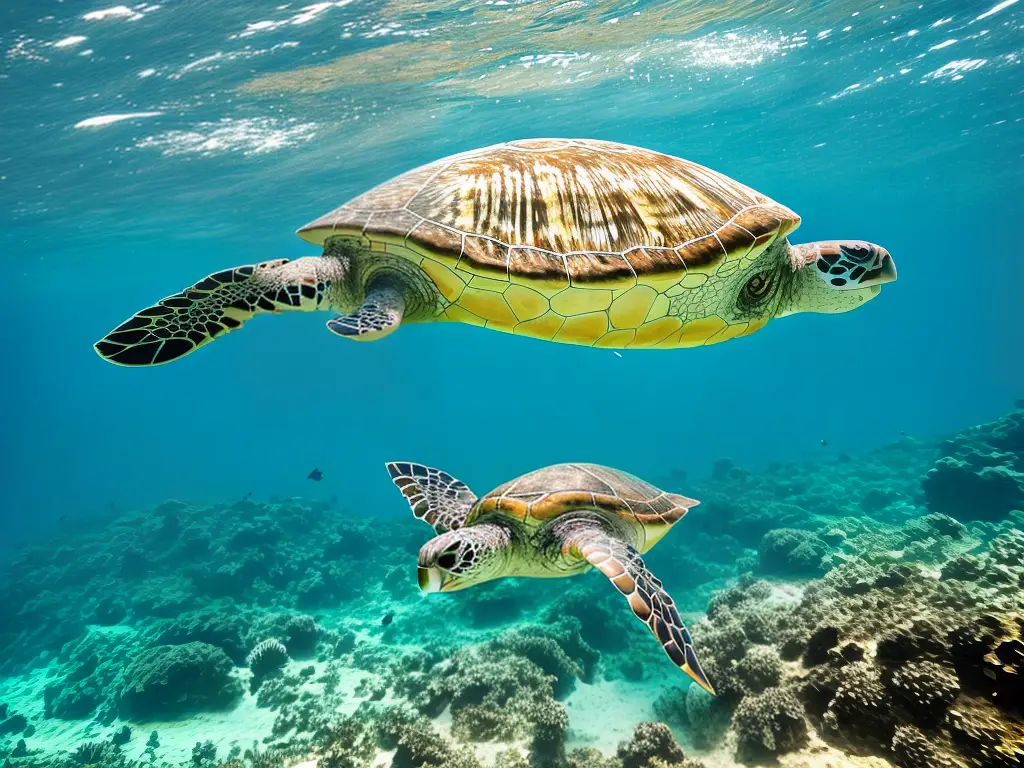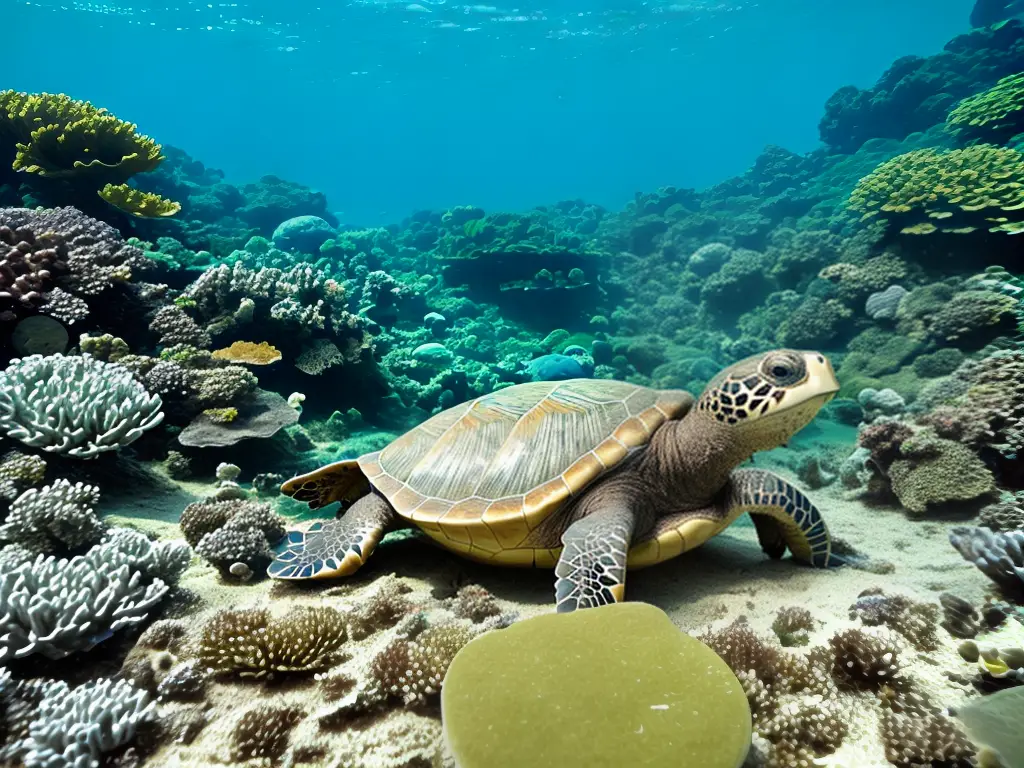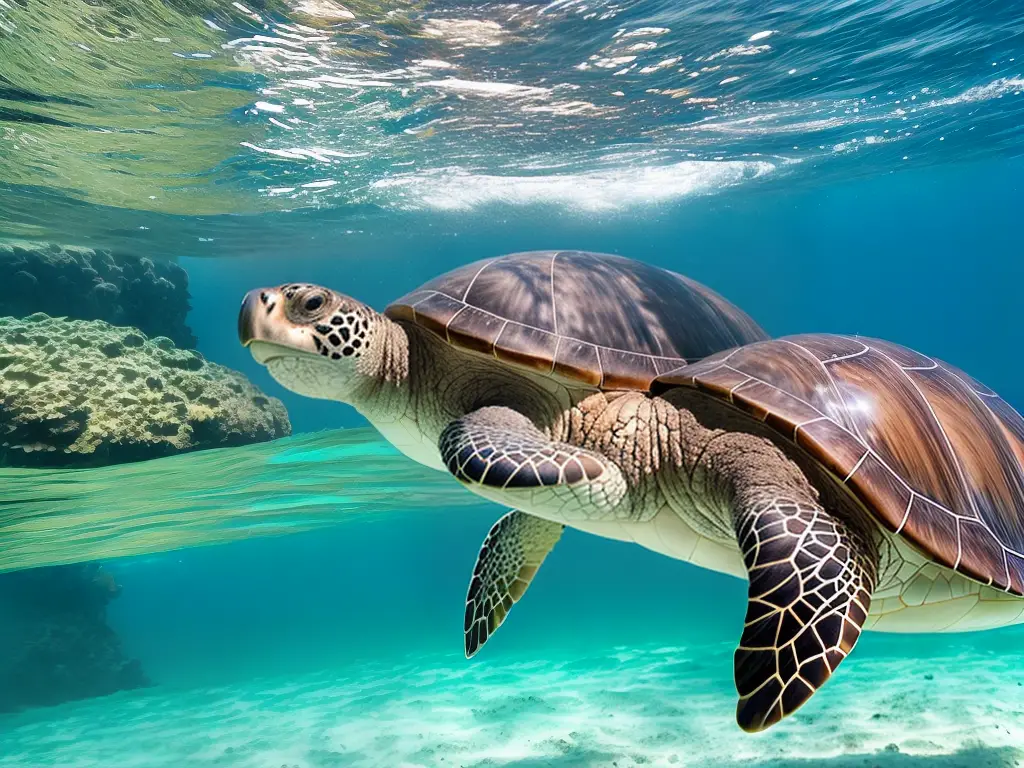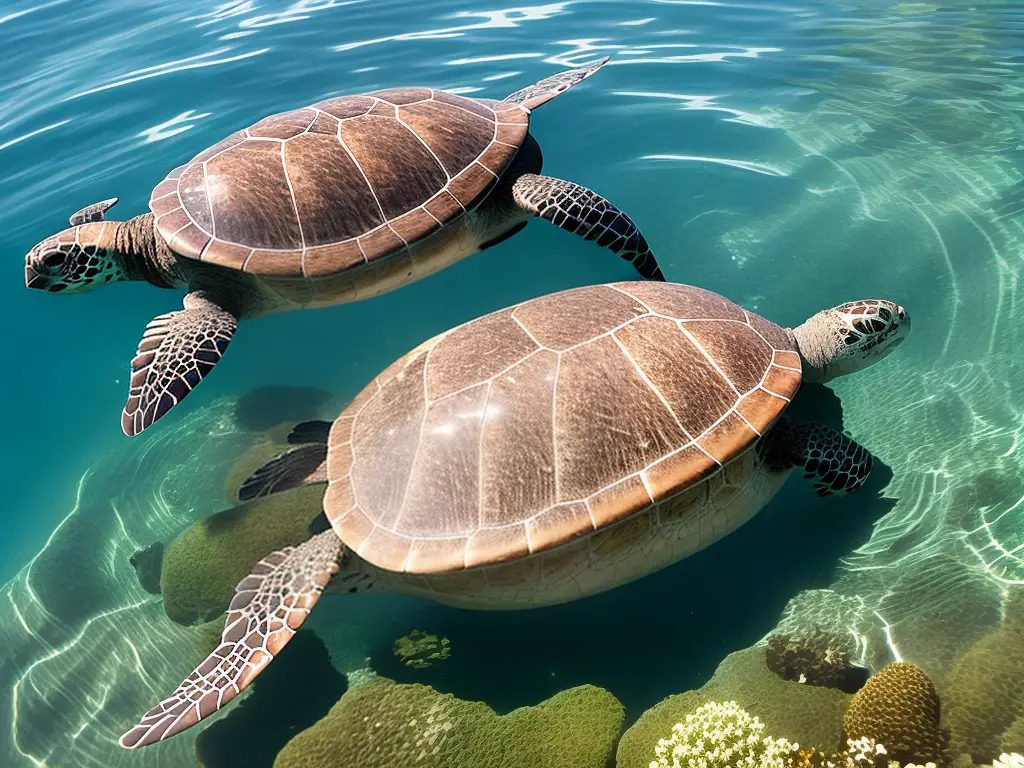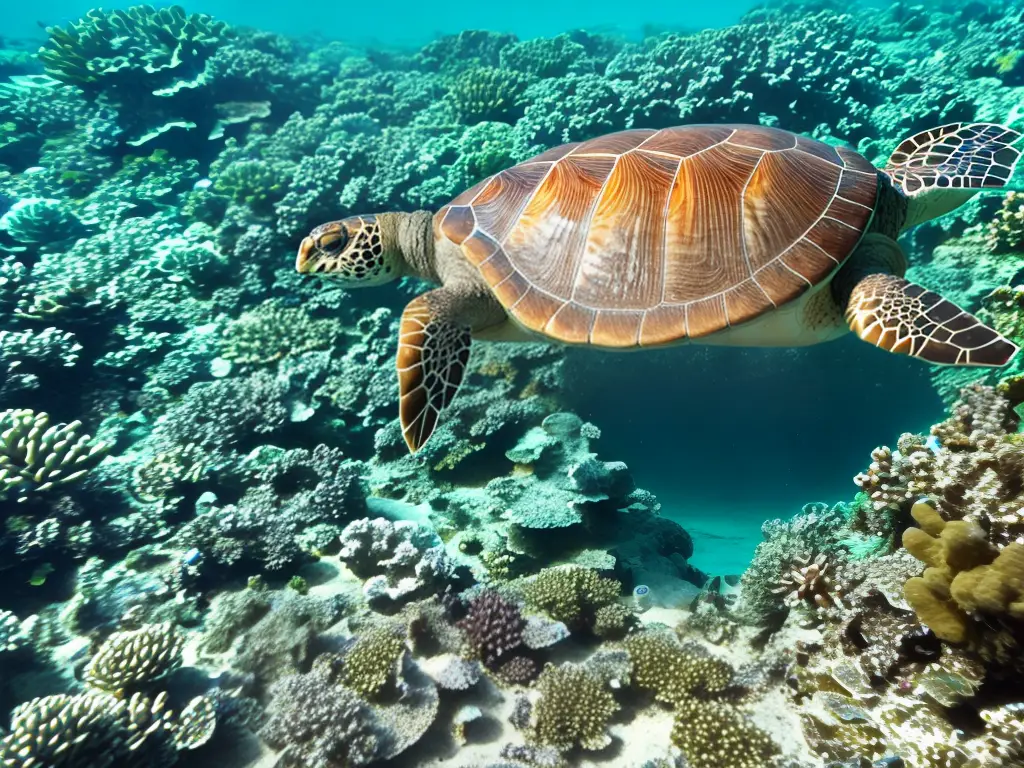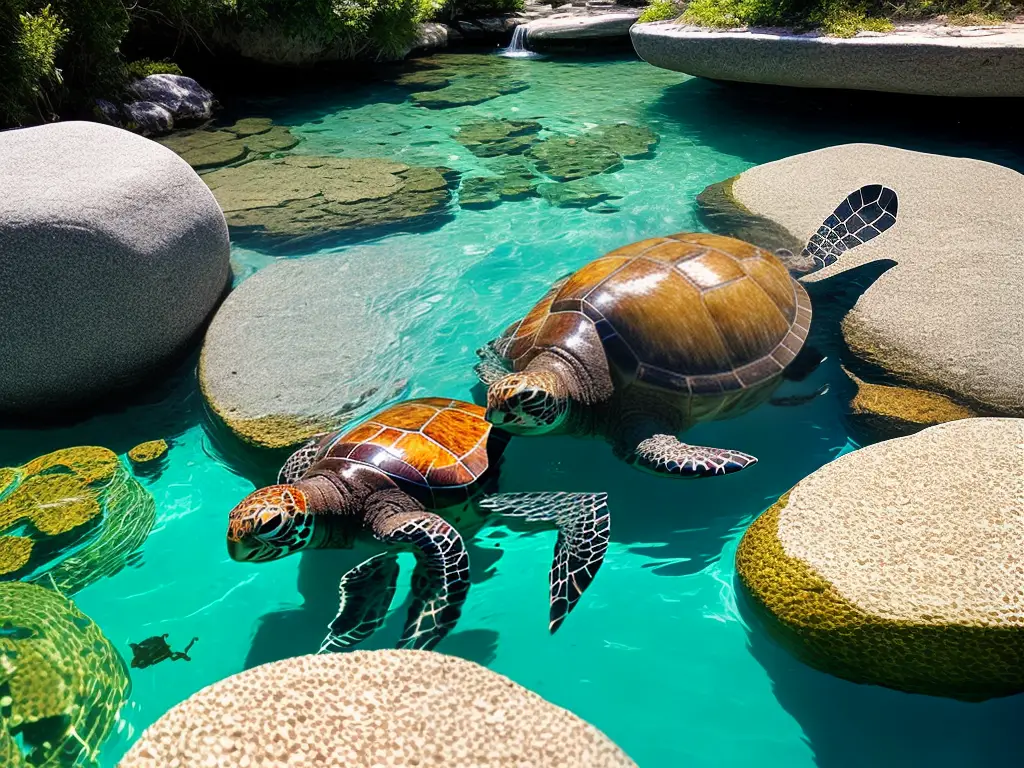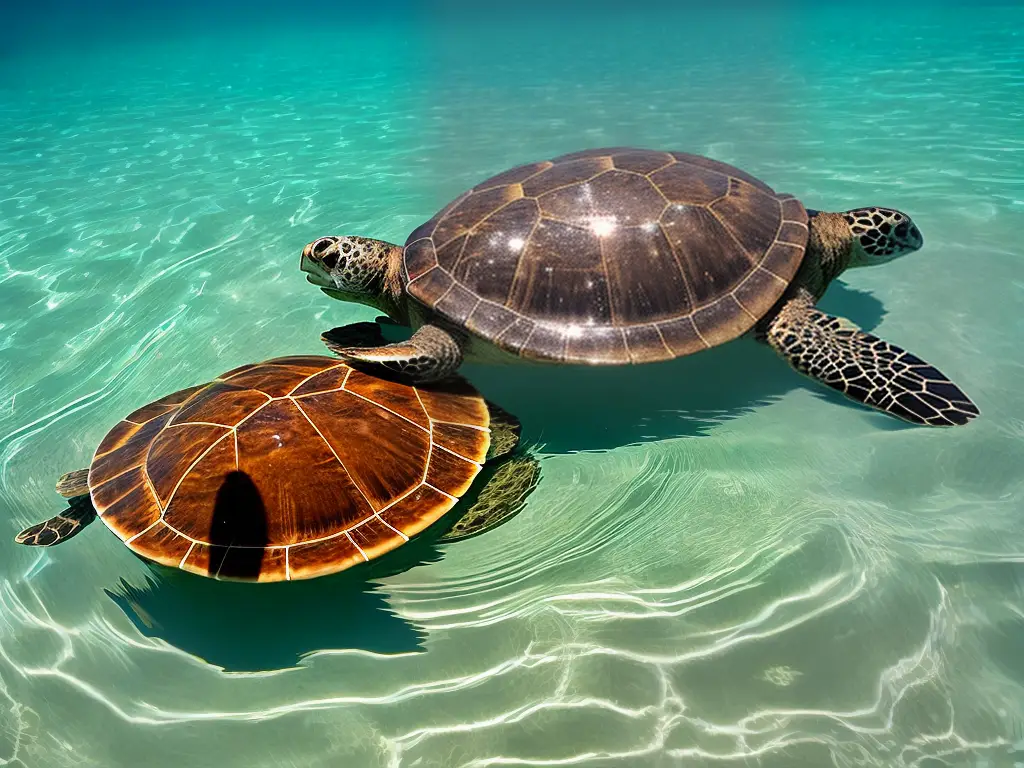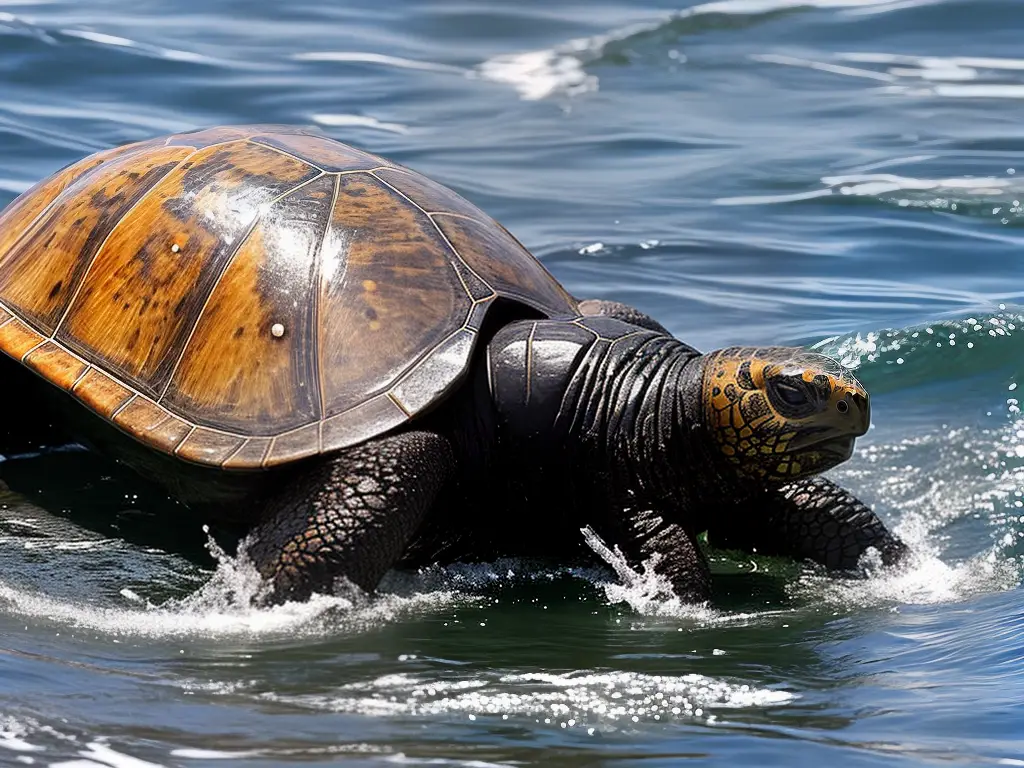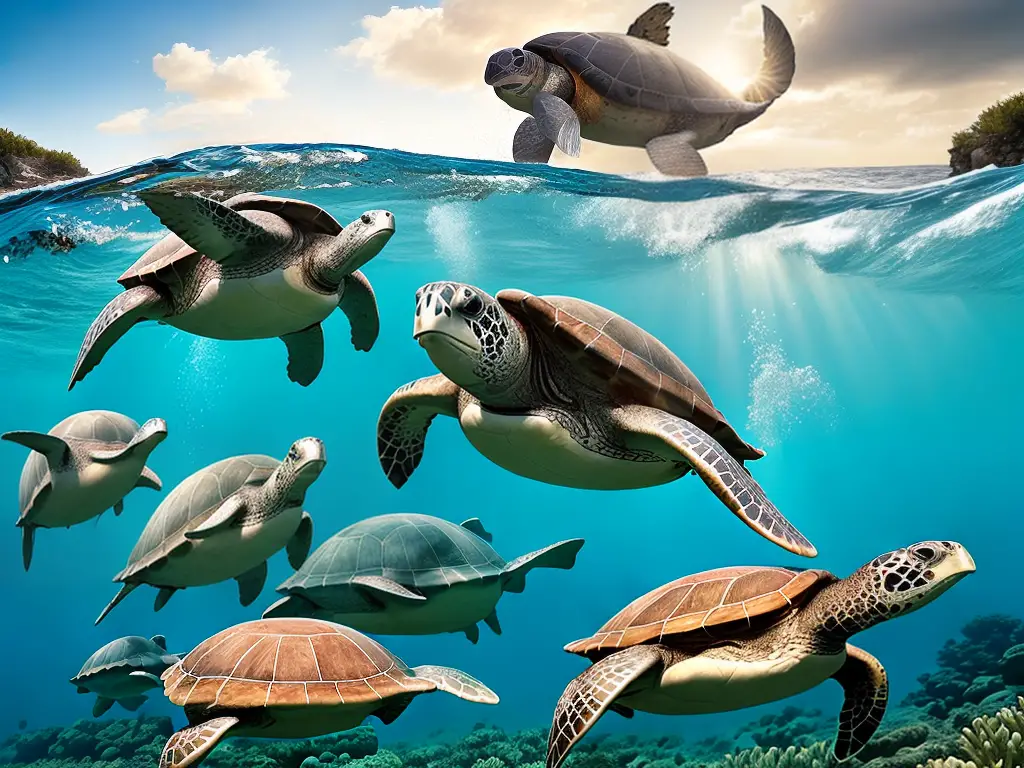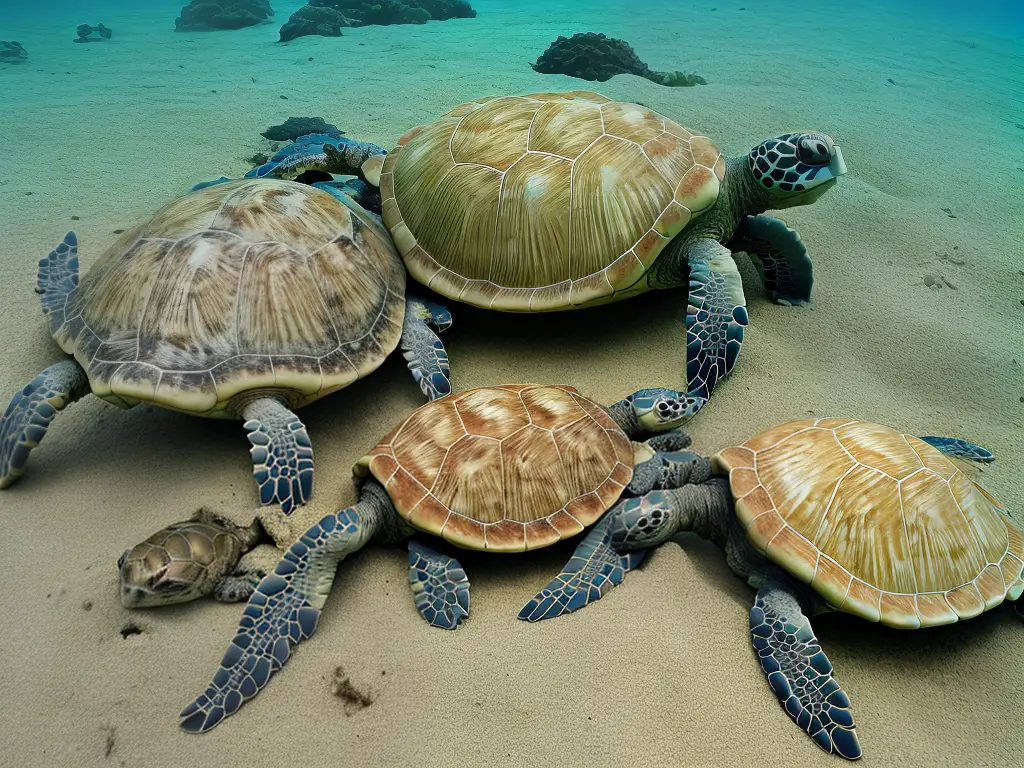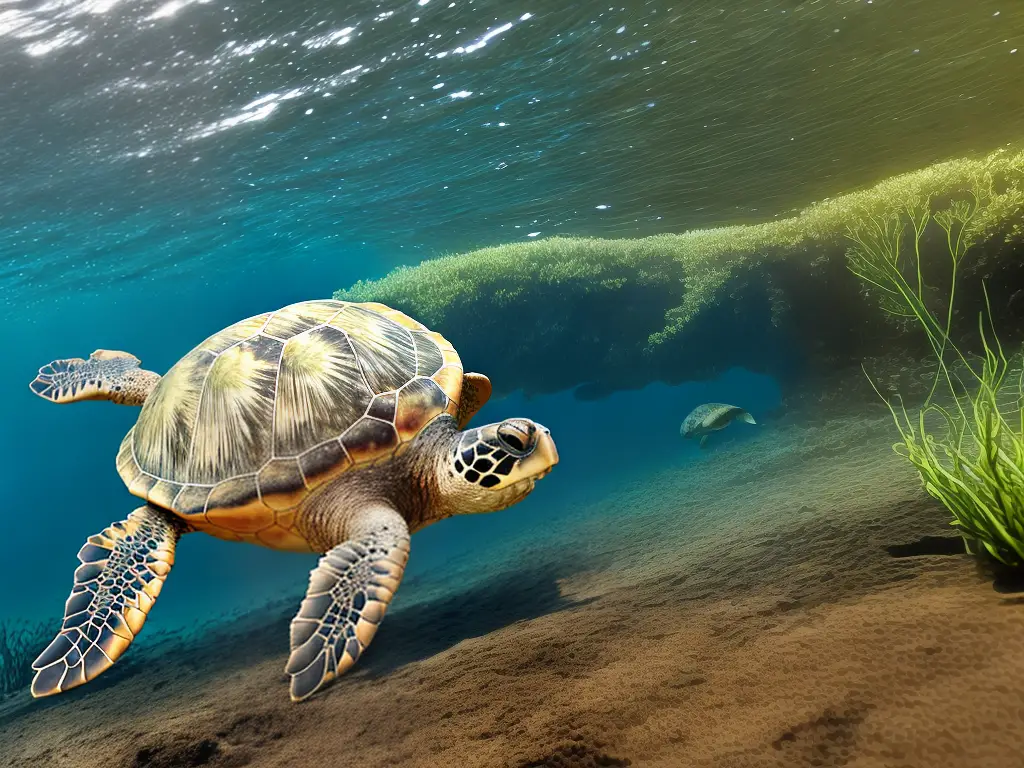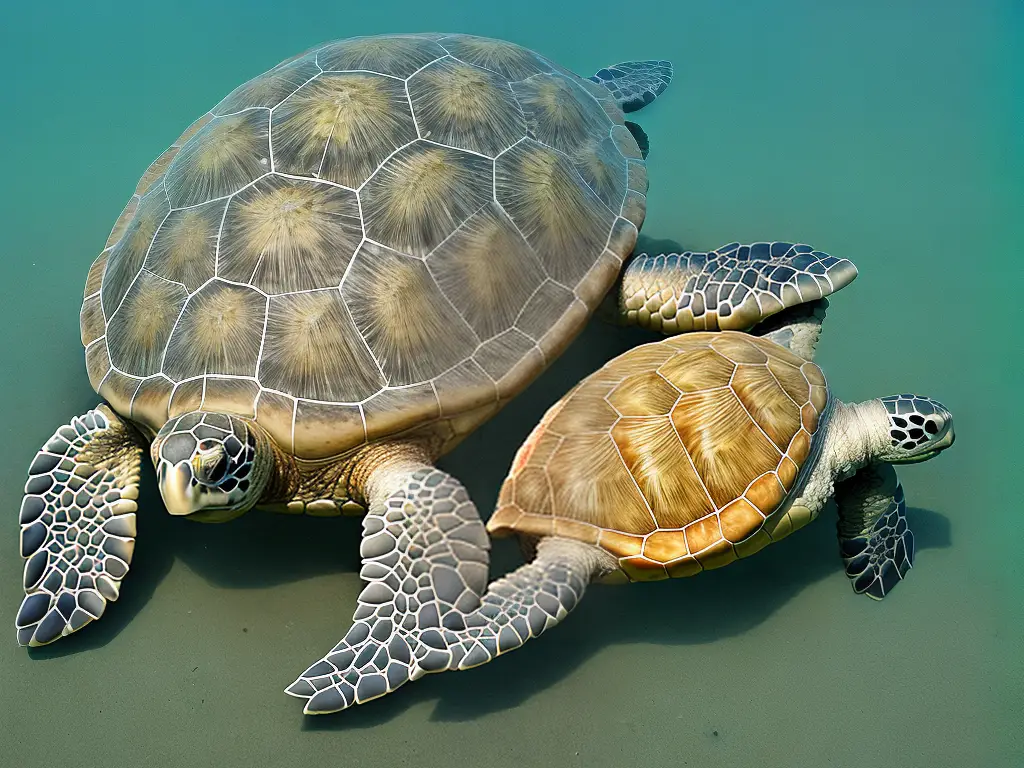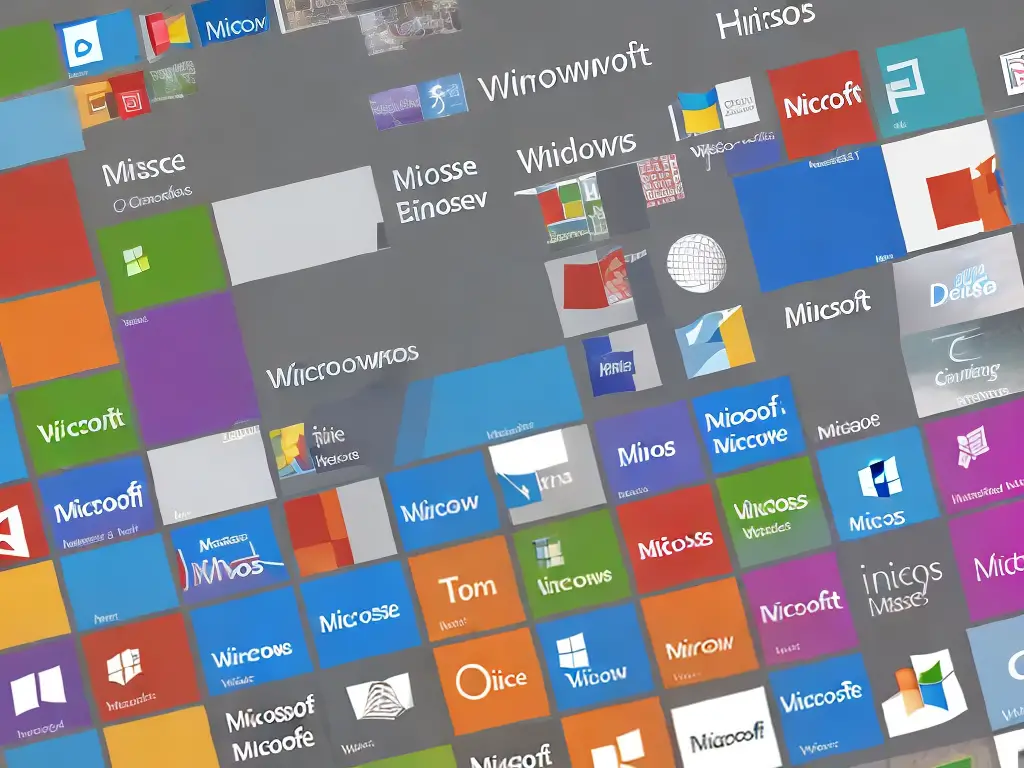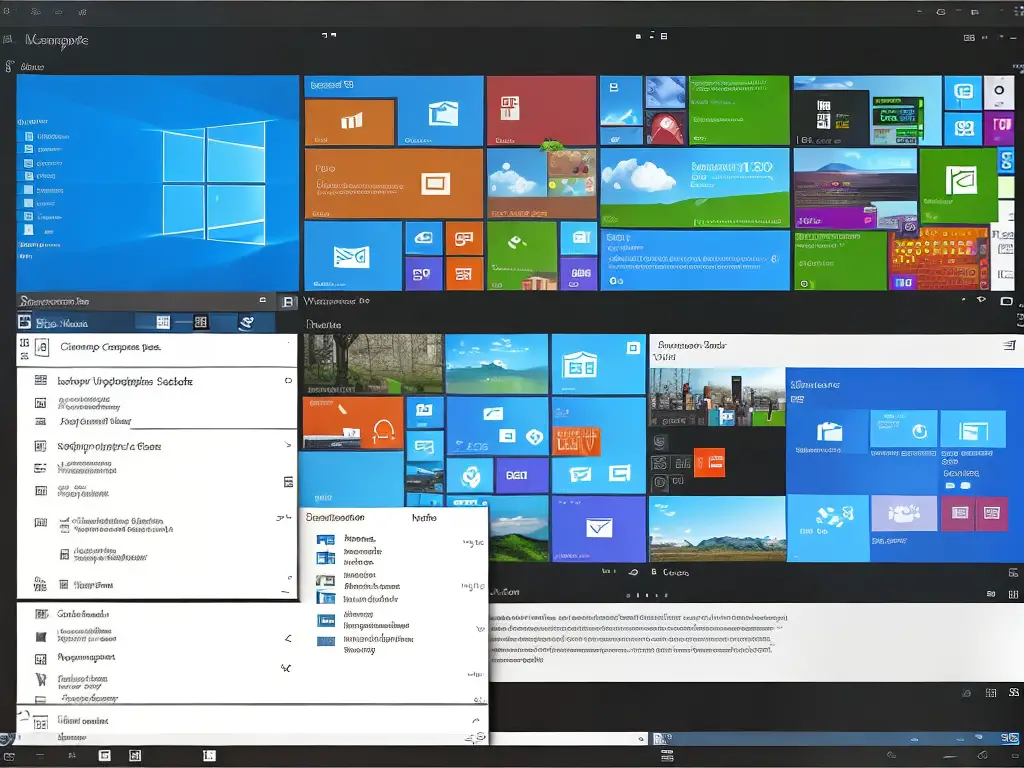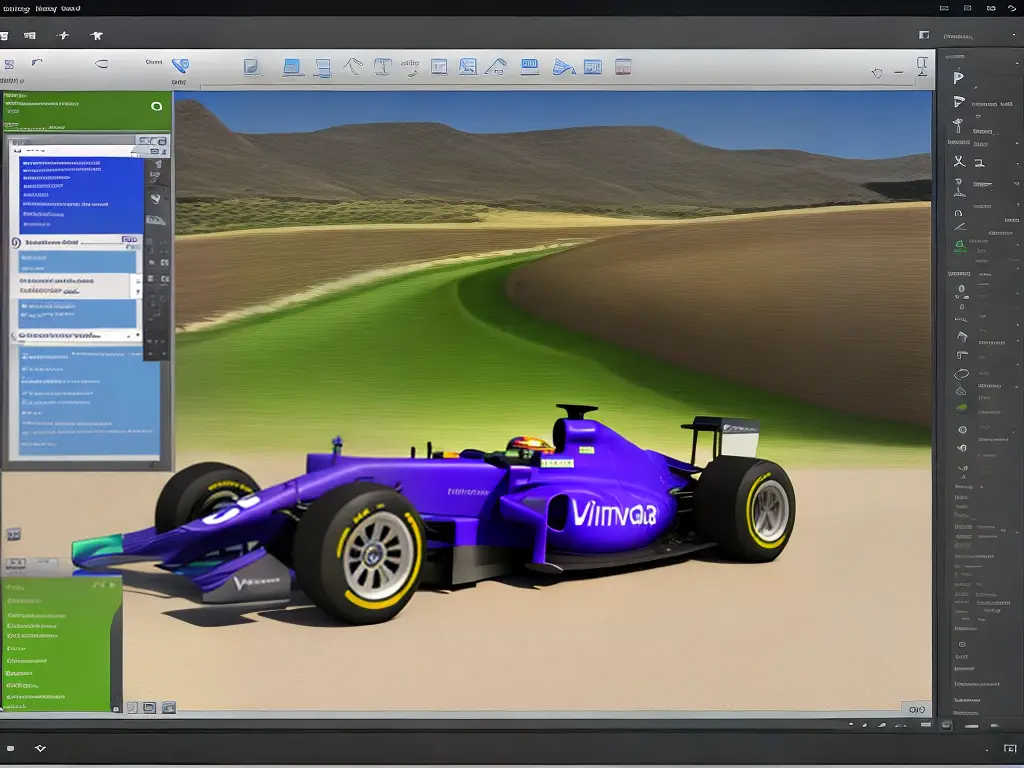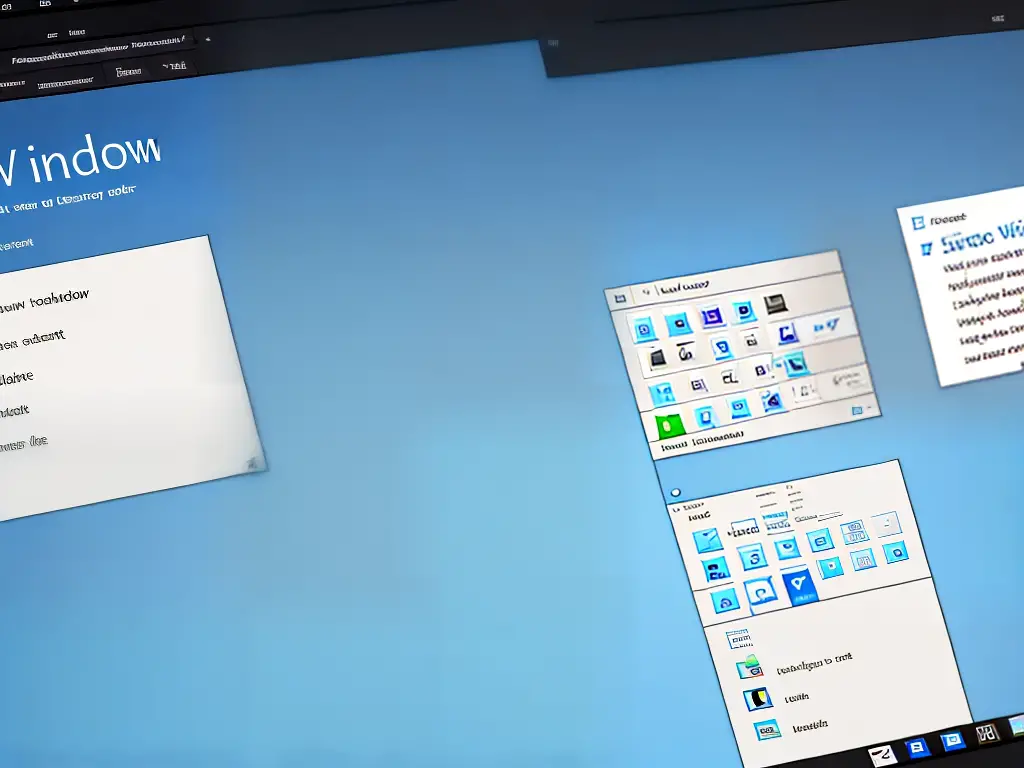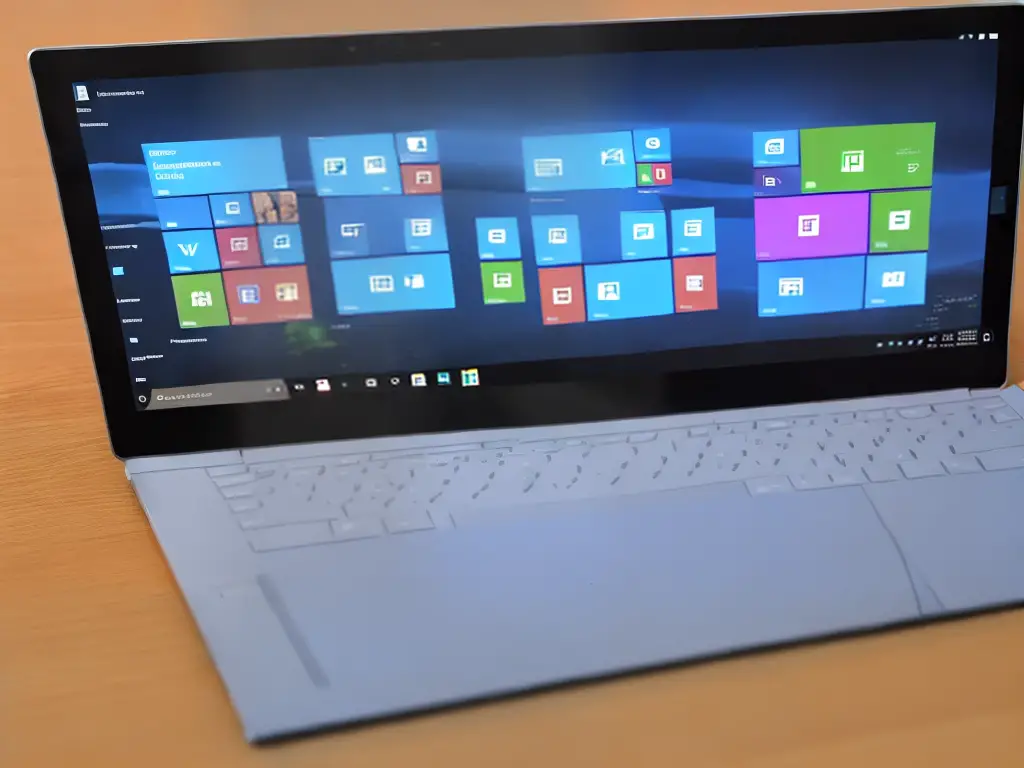Introduction to Turtle Swim Patterns
Turtle swim patterns are a fascinating aspect of these magnificent marine creatures’ behavior. These patterns offer significant insights into their lifestyle, migratory habits, and adaptation to different marine environments. In this article, we’ll dive deep into turtle swim patterns, covering various related topics to give you an in-depth understanding of their underwater movements.
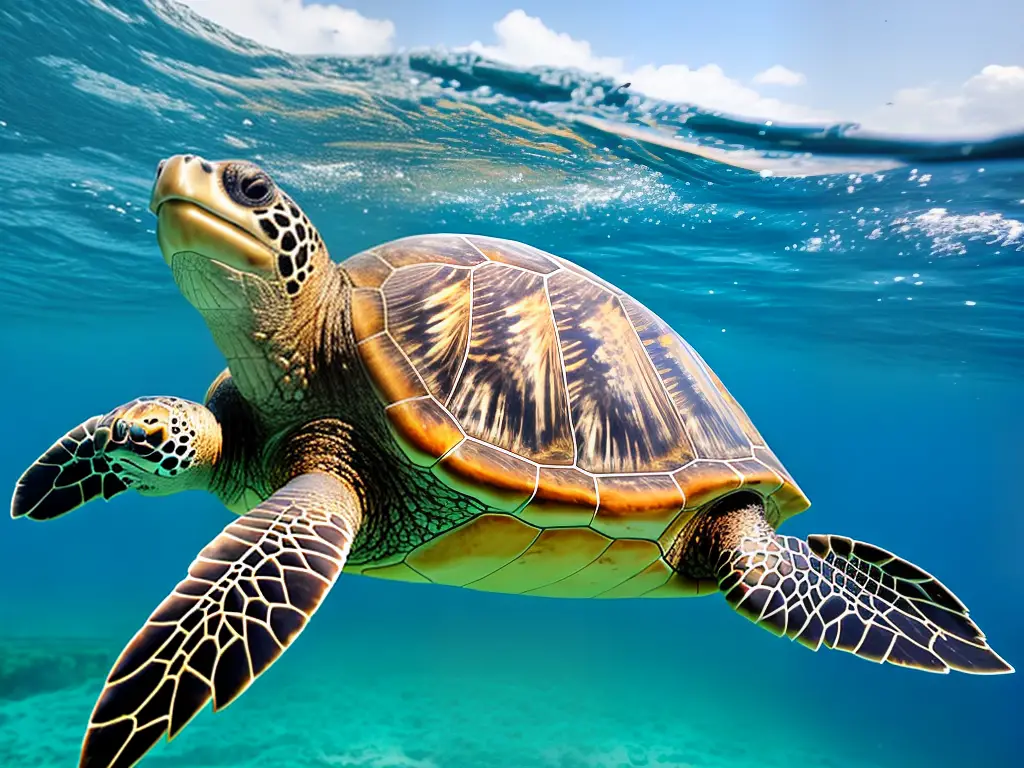
Types of Turtles and Their Unique Swim Patterns
There are several types of turtles, each with its distinct swim patterns. Some of the most notable types include the Green Sea Turtle, Loggerhead Sea Turtle, Hawksbill Sea Turtle, and Leatherback Sea Turtle. These turtles have different body structures, which affect their swimming abilities and patterns. For instance, the large and streamlined body of the Leatherback Sea Turtle allows it to swim at high speeds, while the Hawksbill Sea Turtle uses its flipper-like limbs to gracefully navigate coral reefs.

An In-Depth Look into Swimming Techniques
Turtles utilize a variety of swimming techniques, which can be classified into two main categories: the crawl stroke and the dog paddle. The first technique, the crawl stroke, involves alternating movements of the front flippers, resembling the freestyle swimming motion in humans. The second technique, the dog paddle, is a gentler, floating motion that requires all four limbs to move in tandem, similar to a dog swimming in water. Turtles alternate between these two techniques depending on their environment, speed requirements, and energy levels.

Migratory Patterns and Navigation Abilities
Turtles are known for their incredible migration capabilities and swim vast distances to reach their nesting or feeding grounds. These migrations also demonstrate their excellent navigation skills. Researchers believe that turtles use Earth’s magnetic field, water current patterns, and other environmental cues to navigate across oceans. In addition, turtles have an innate sense of direction, which they showcase by returning to the same beaches for nesting, even after years of traveling.

The Impact of Climate Change on Turtle Swim Patterns
Climate change has significant consequences not only for turtles but also for other marine species. One of the ways that it affects turtle swim patterns is through temperature-driven alterations in ocean currents. Ocean warming and weakening currents can impact migration and nesting habits, thereby disrupting turtle swim patterns. Moreover, rising sea levels can lead to the erosion of important nesting beaches, forcing turtles to search for alternative locations and modifying their swim patterns.

Conclusion
Understanding turtle swim patterns helps us appreciate the incredible world these creatures inhabit and the sophisticated navigation and swimming techniques they use. It also emphasizes the need for ongoing research and conservation efforts to address the impacts of climate change and other environmental challenges on these enchanting marine species.
